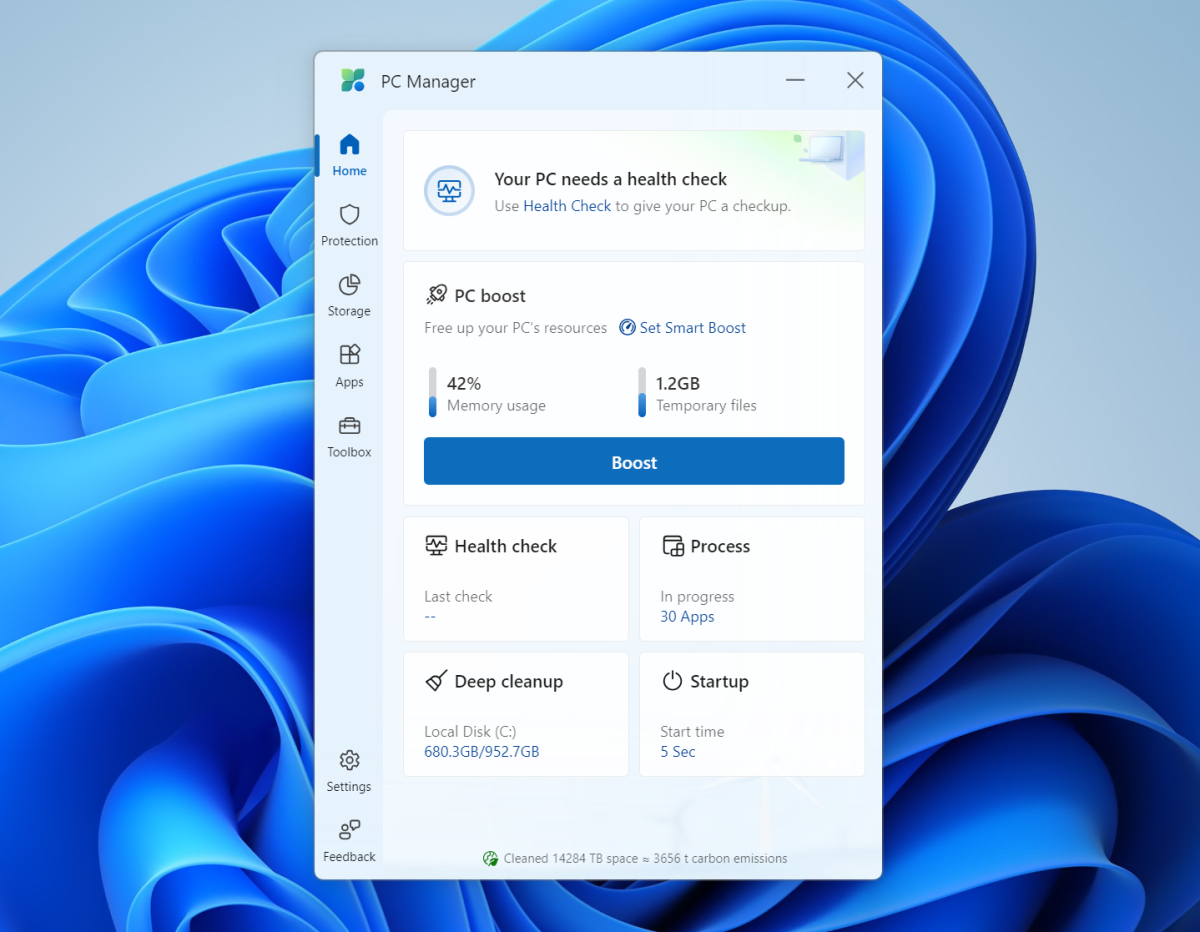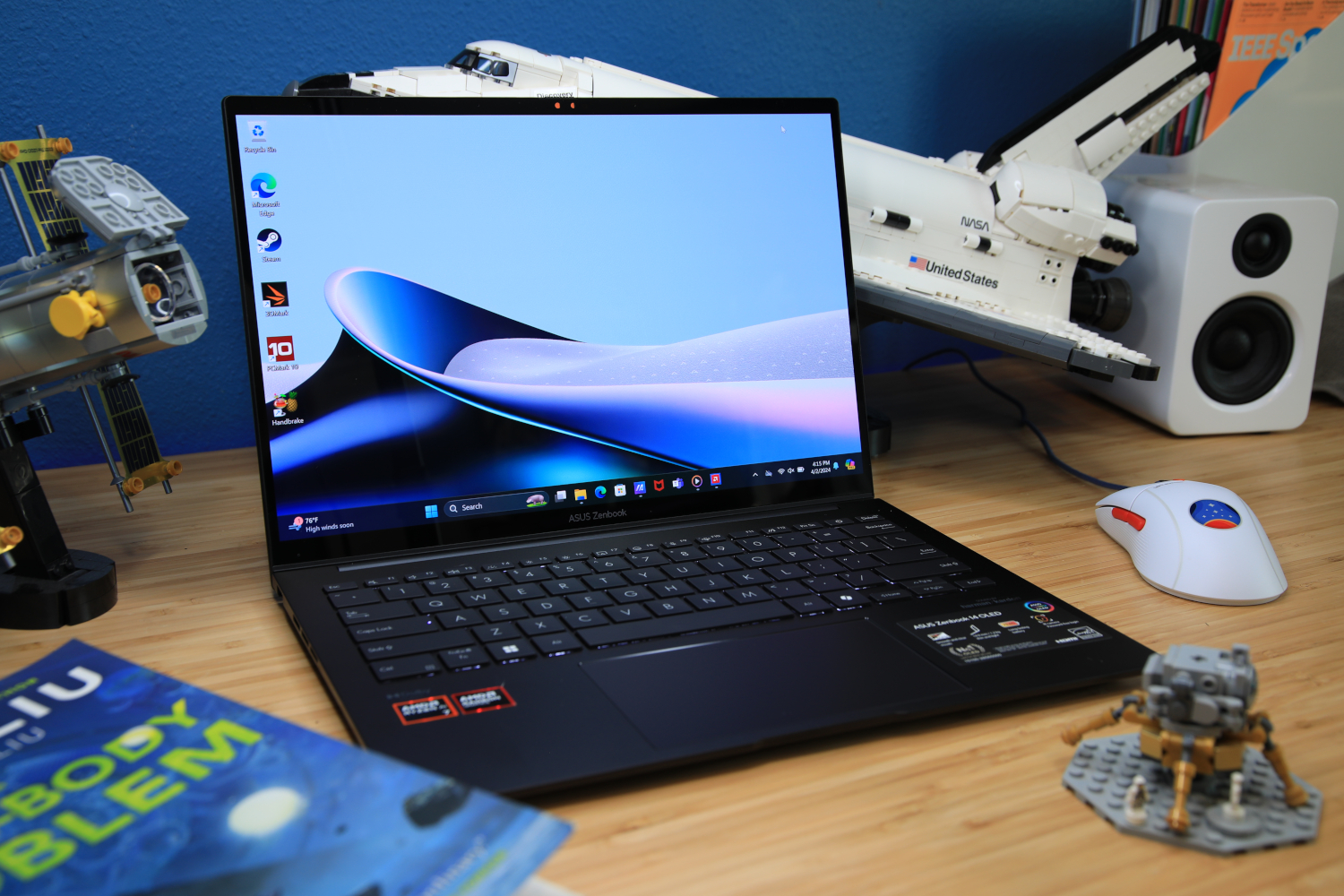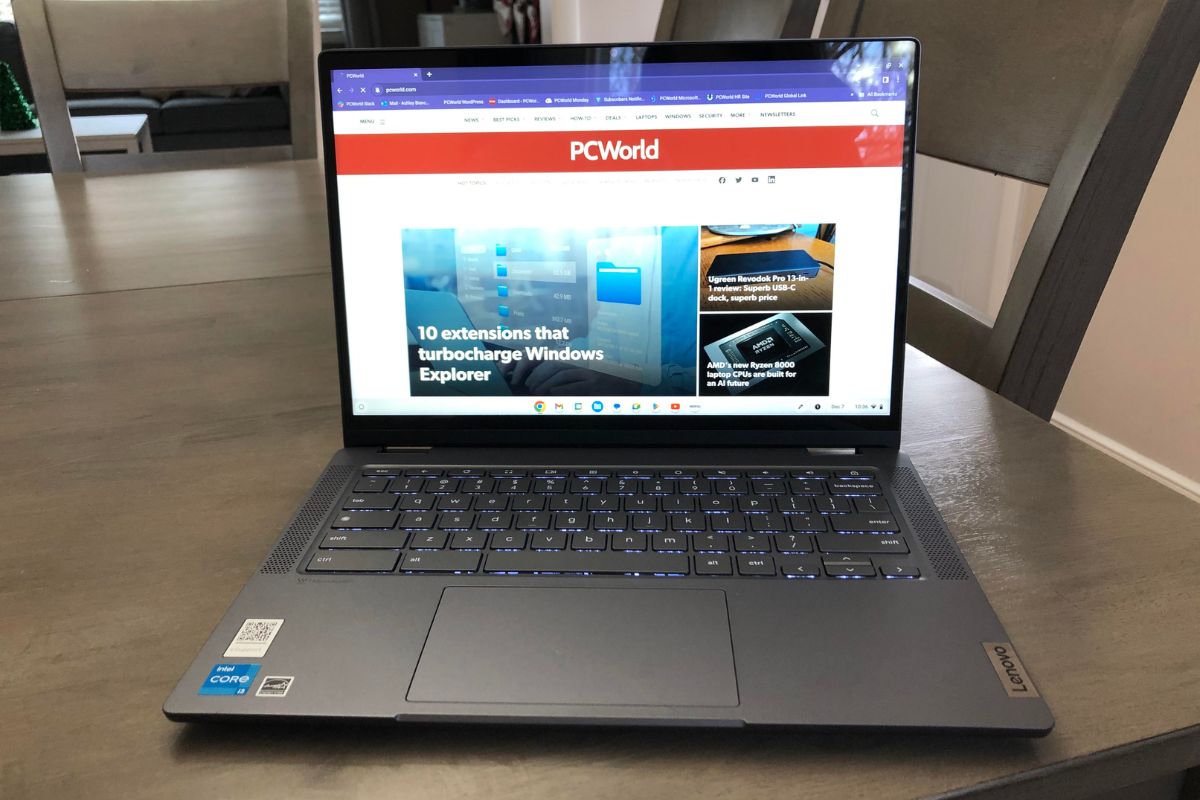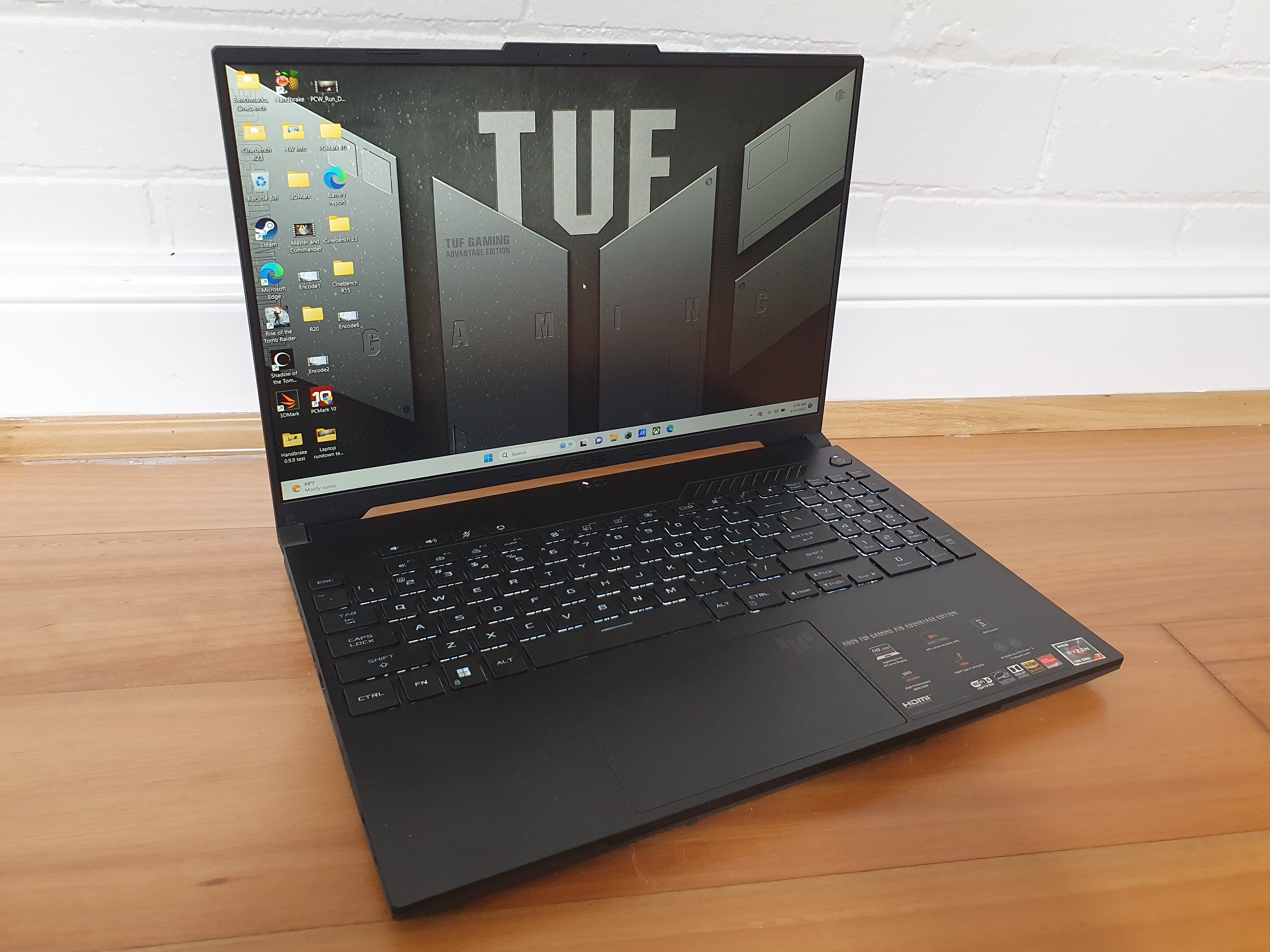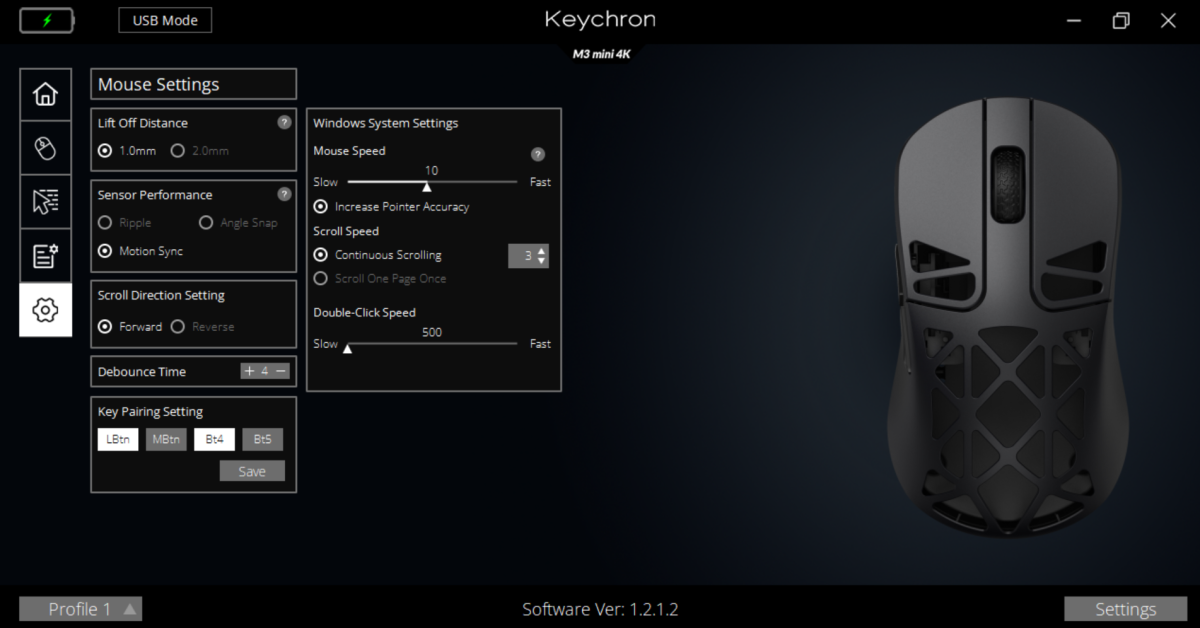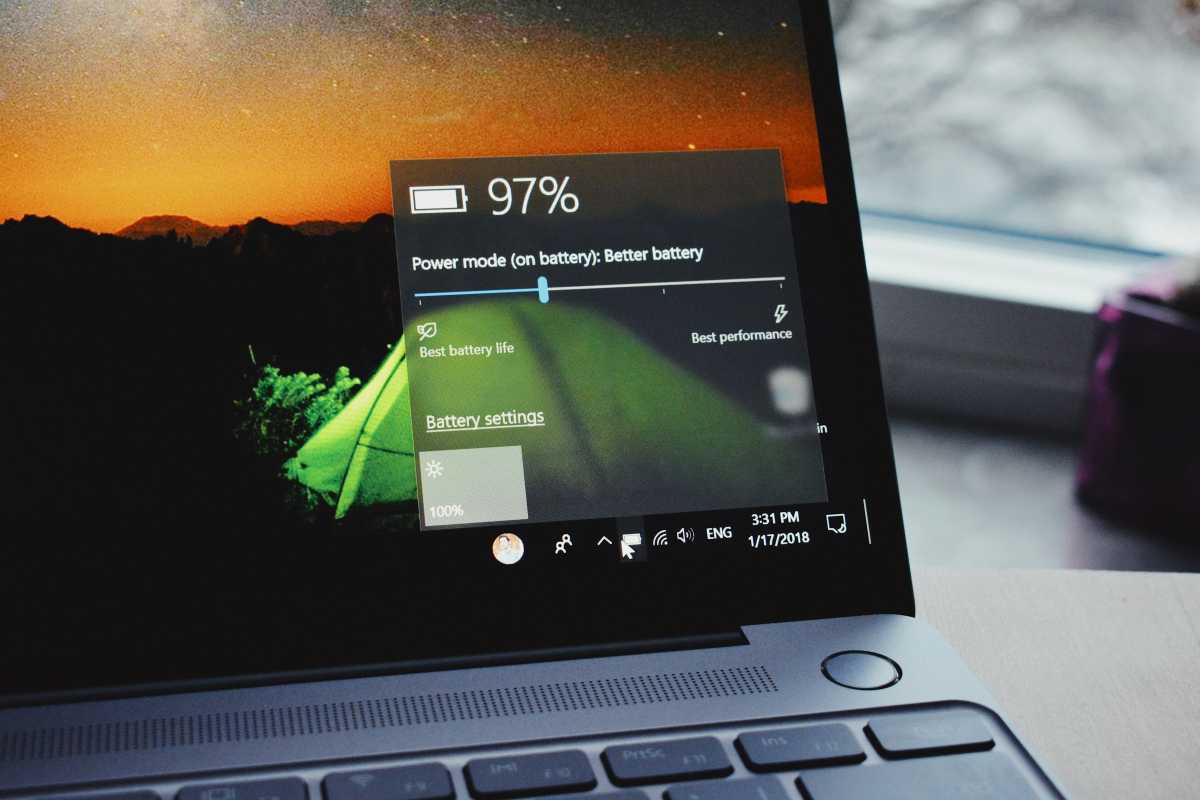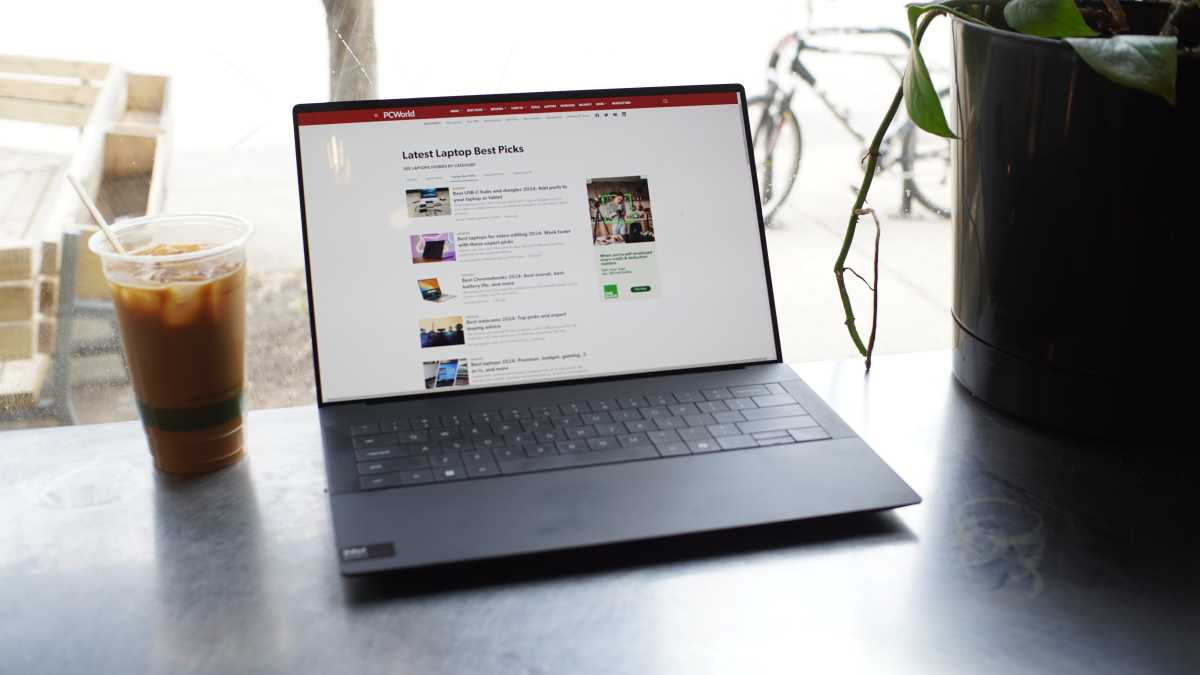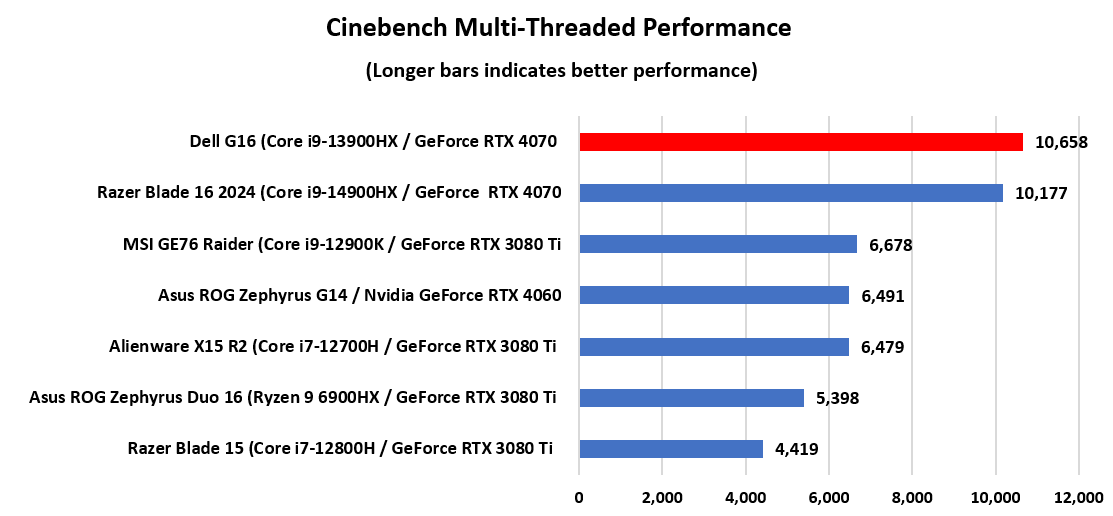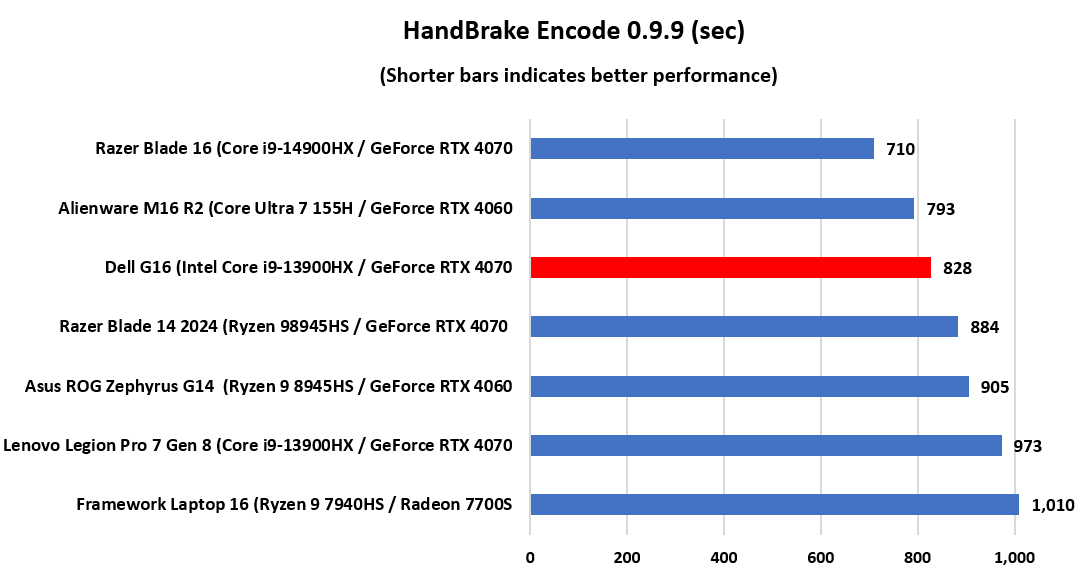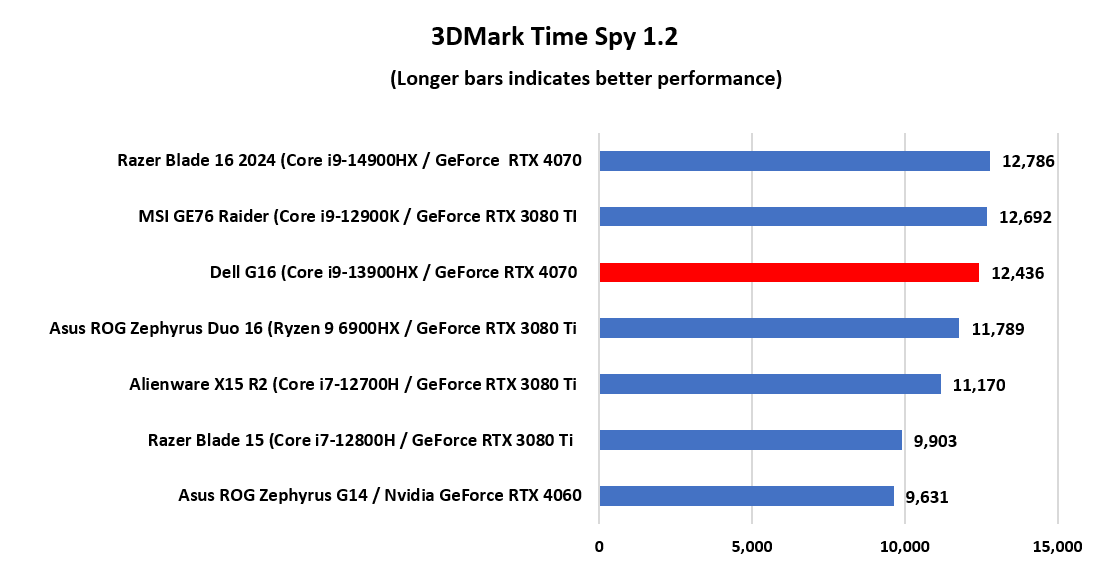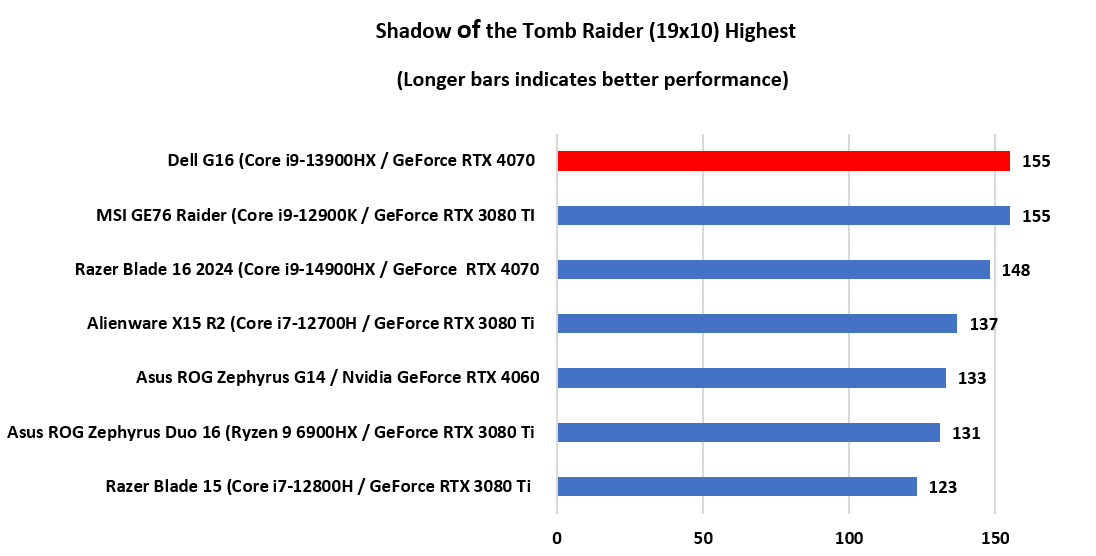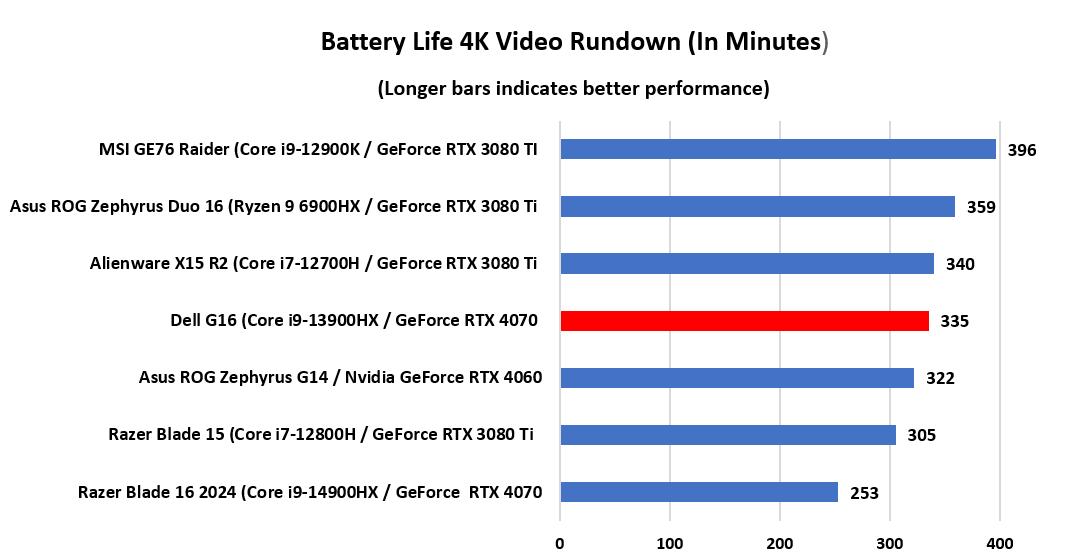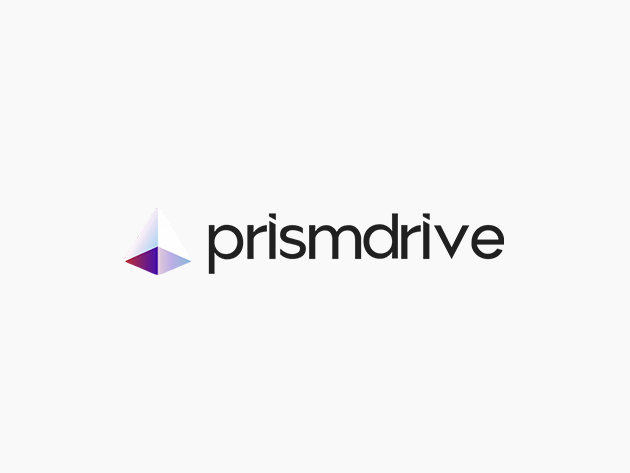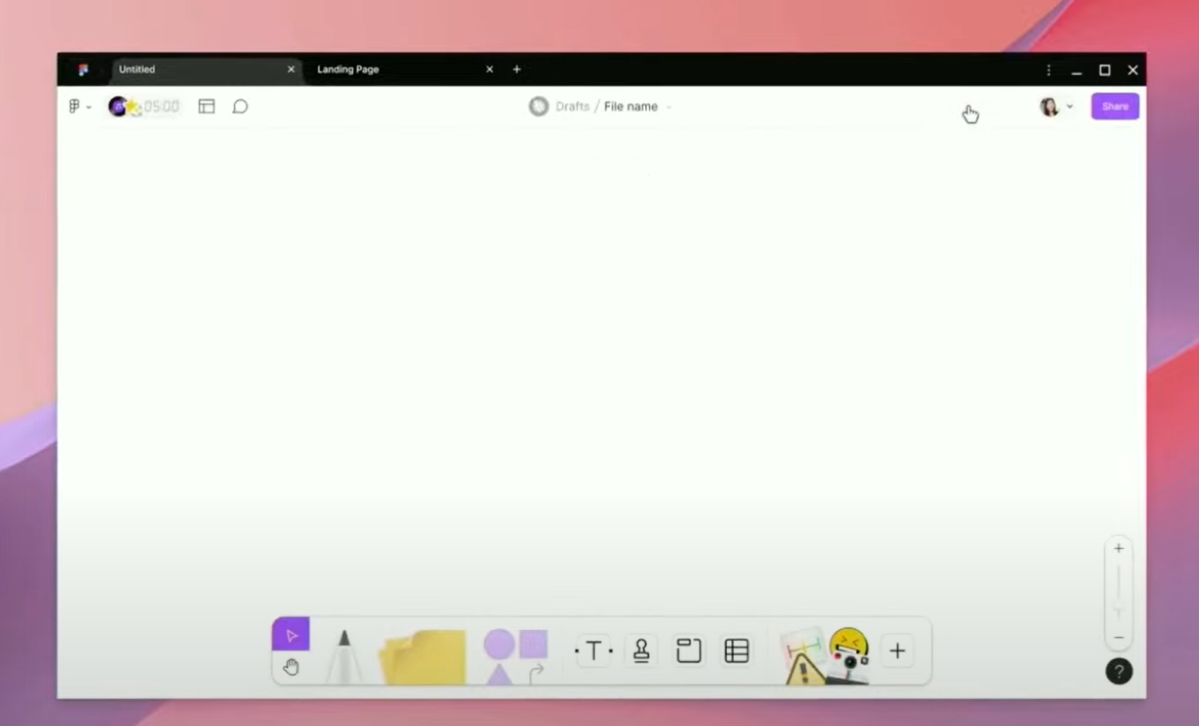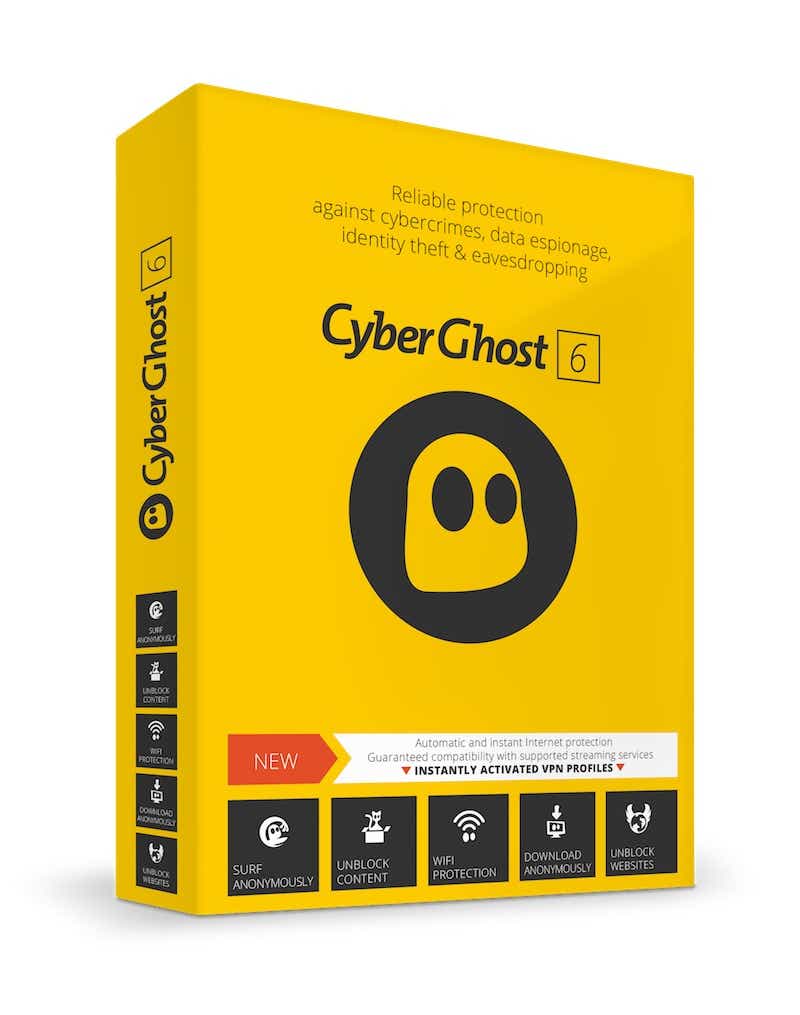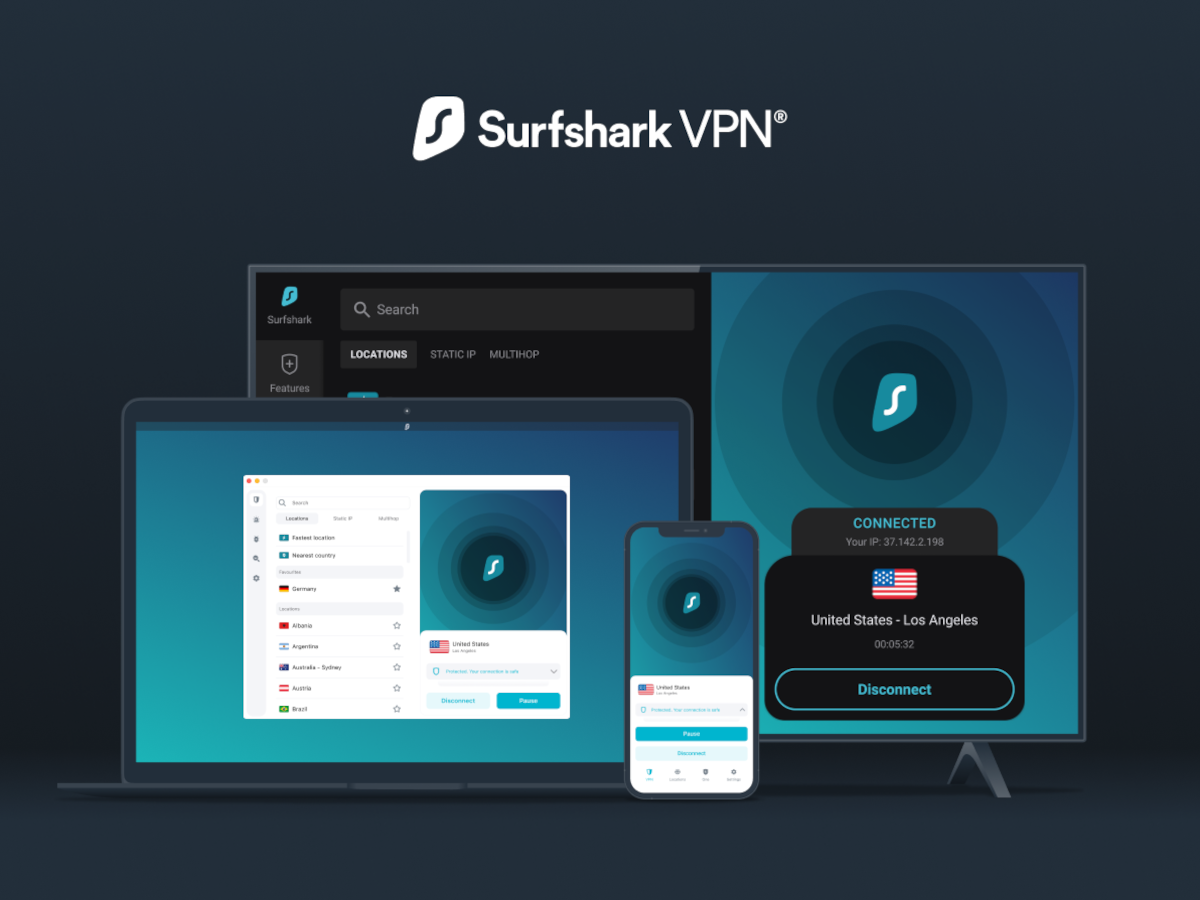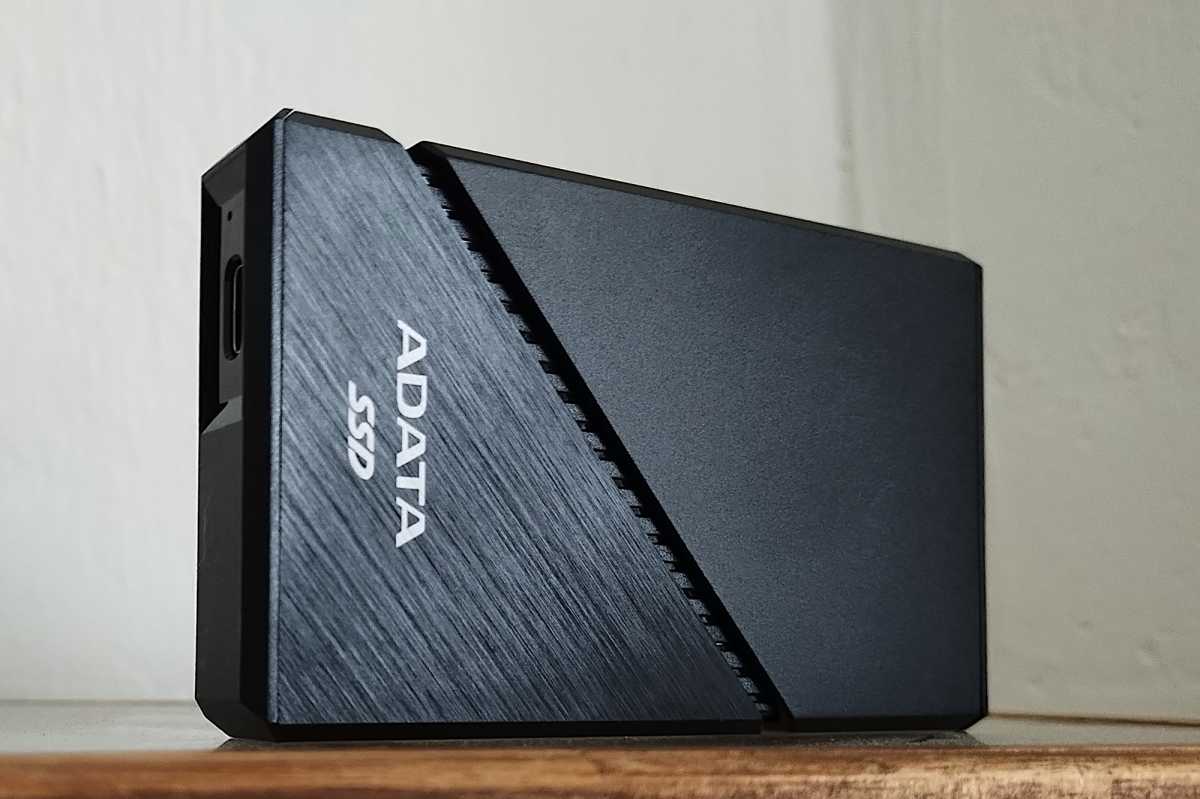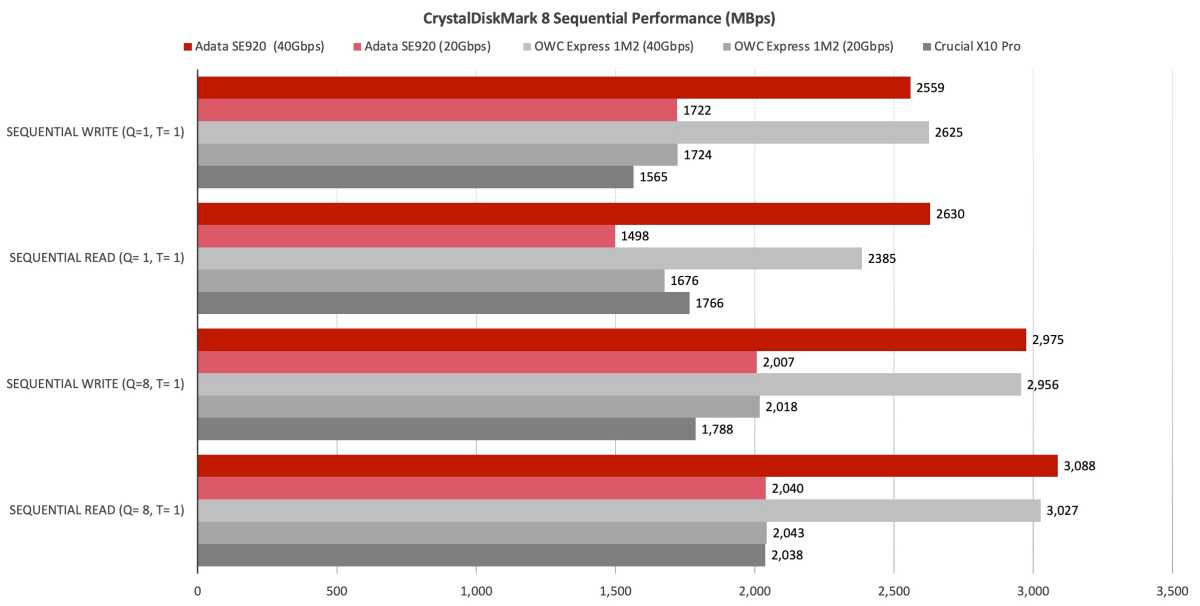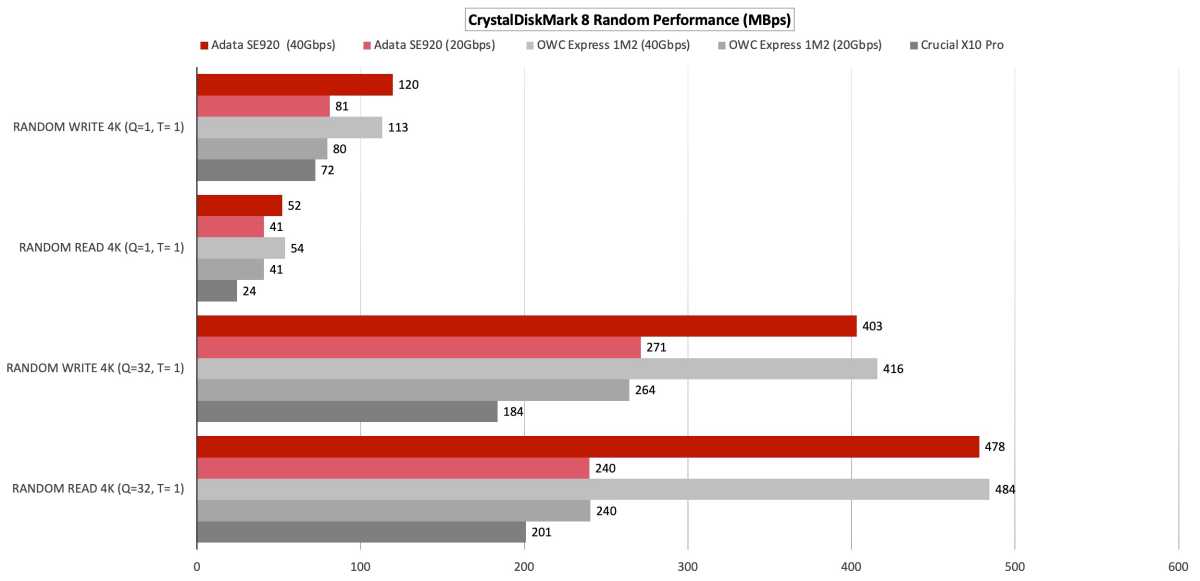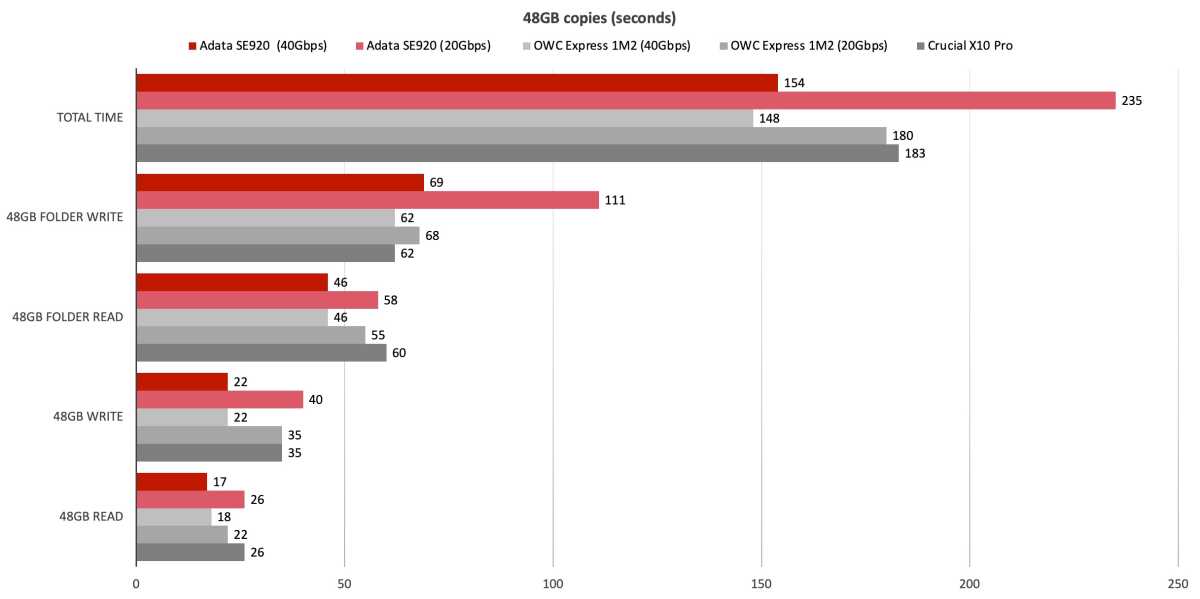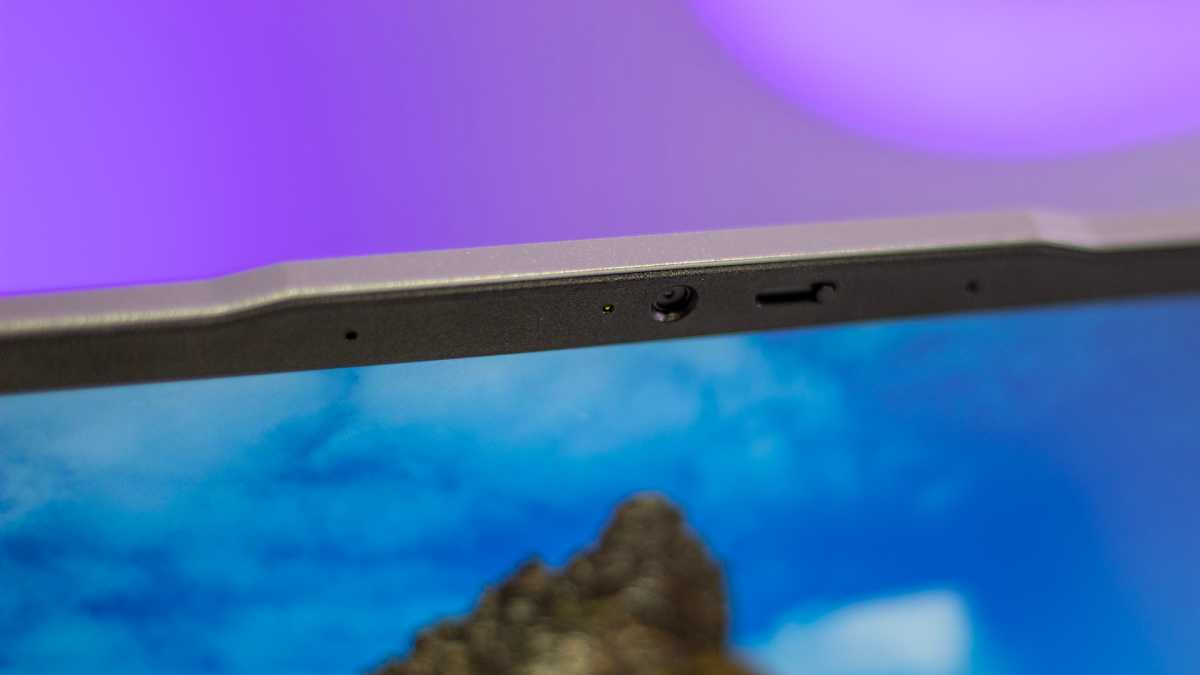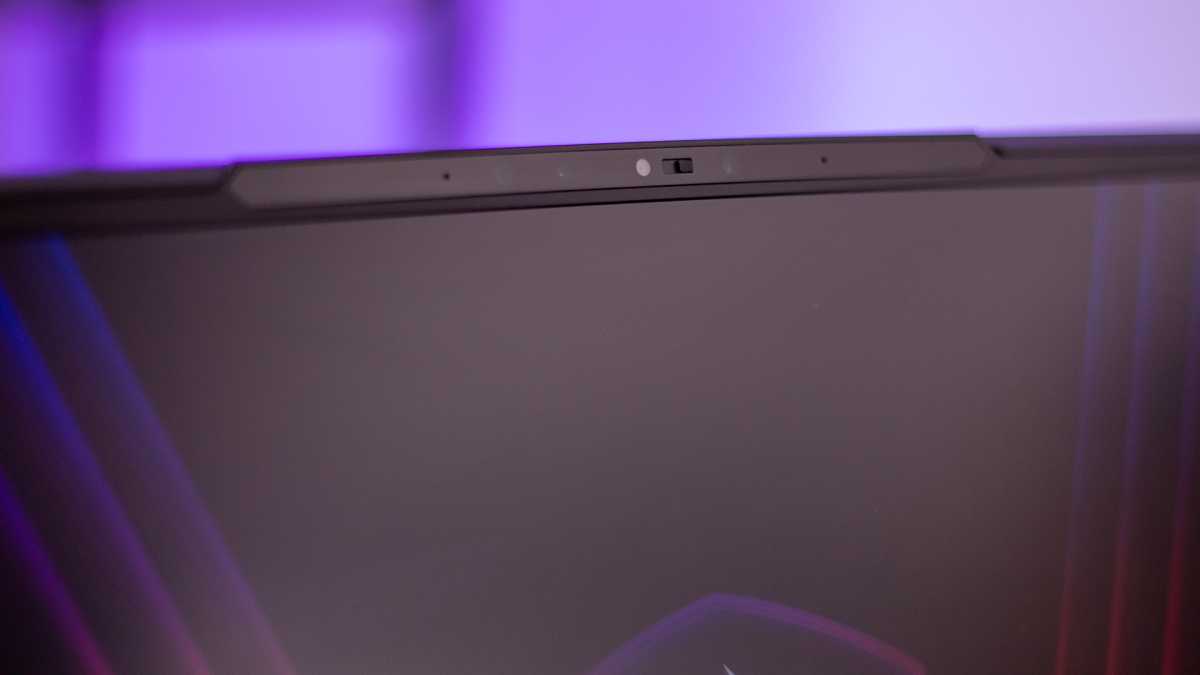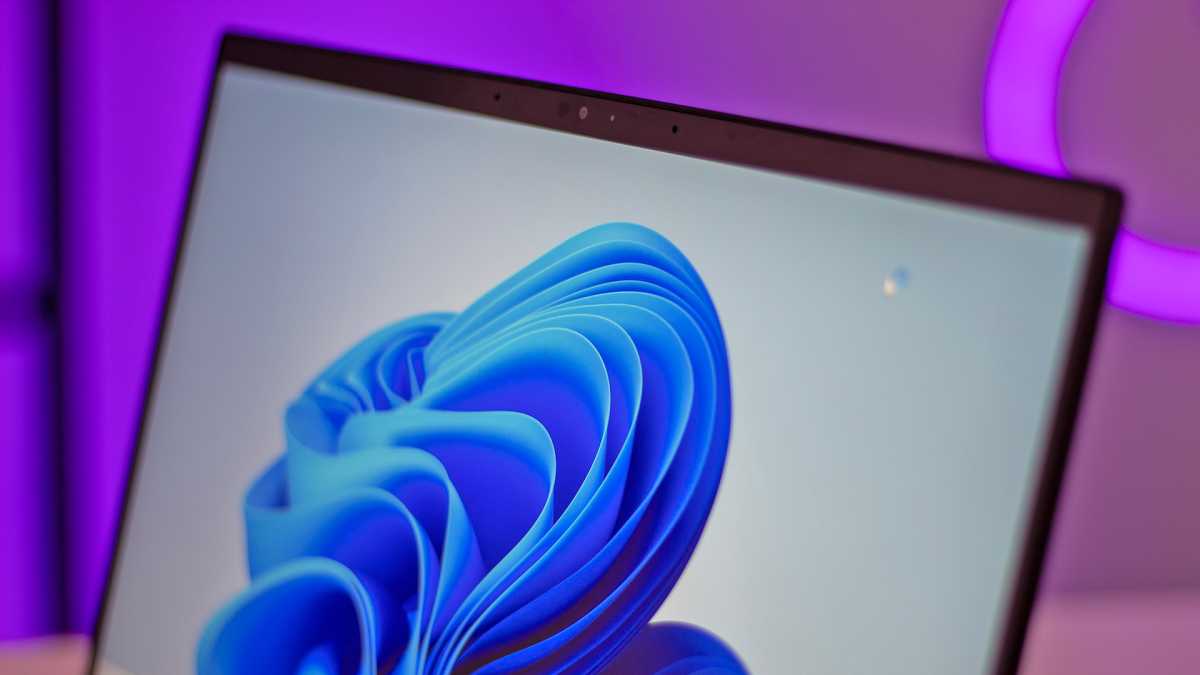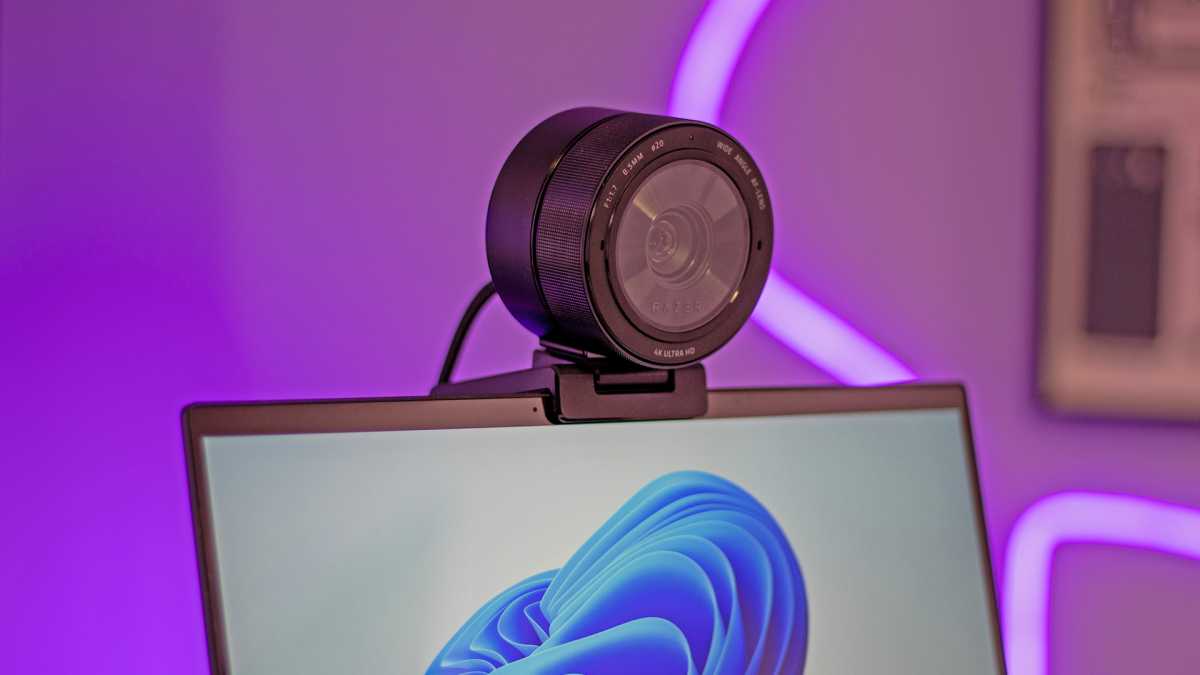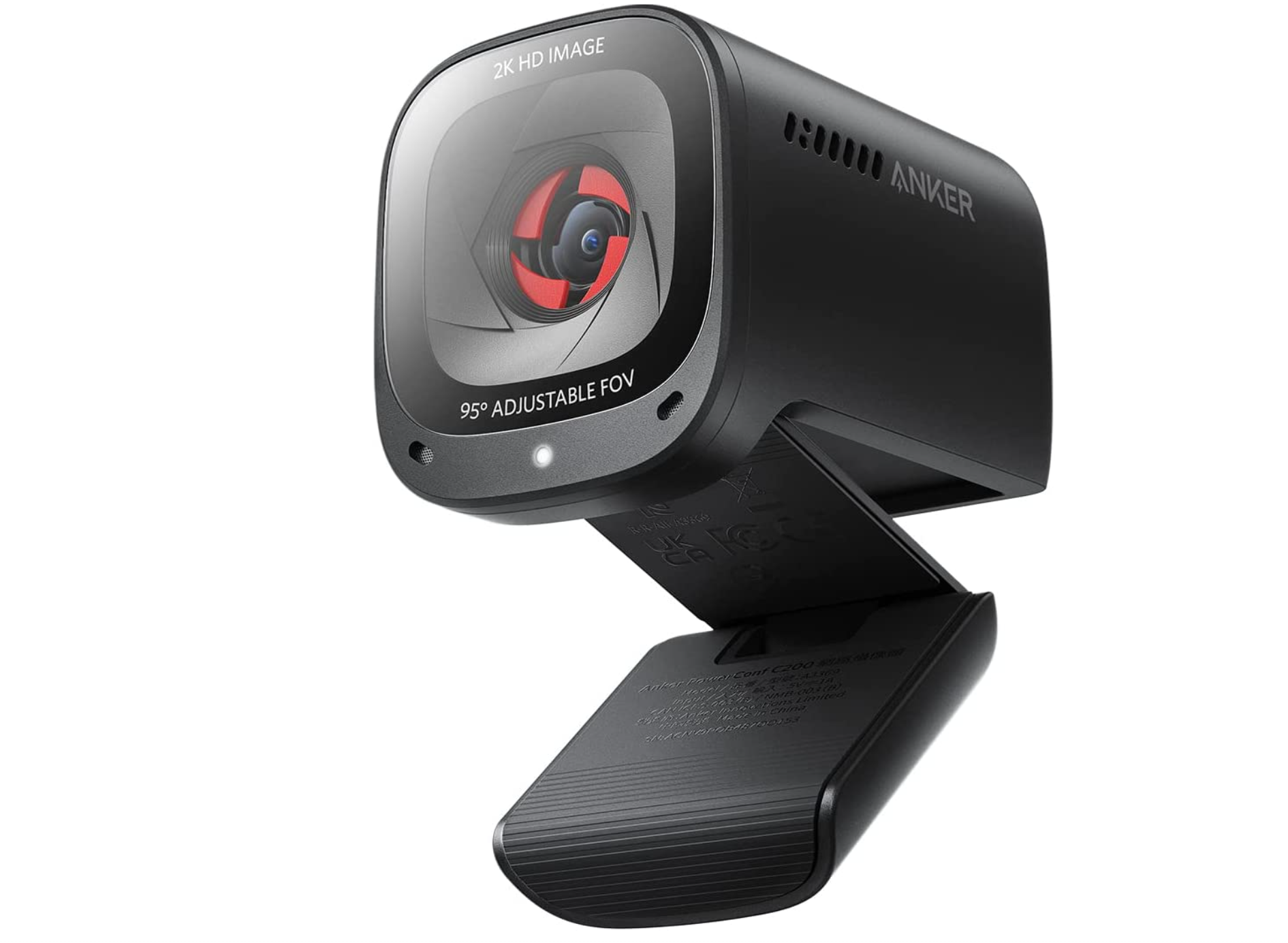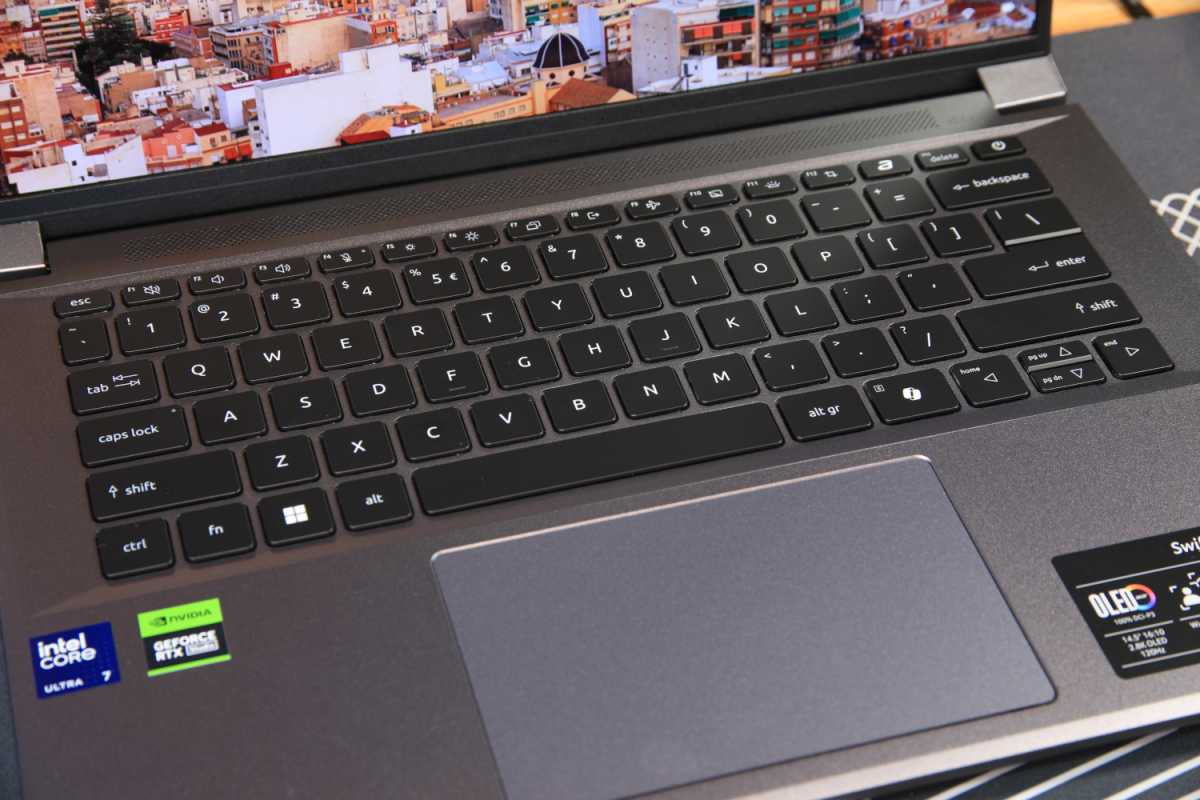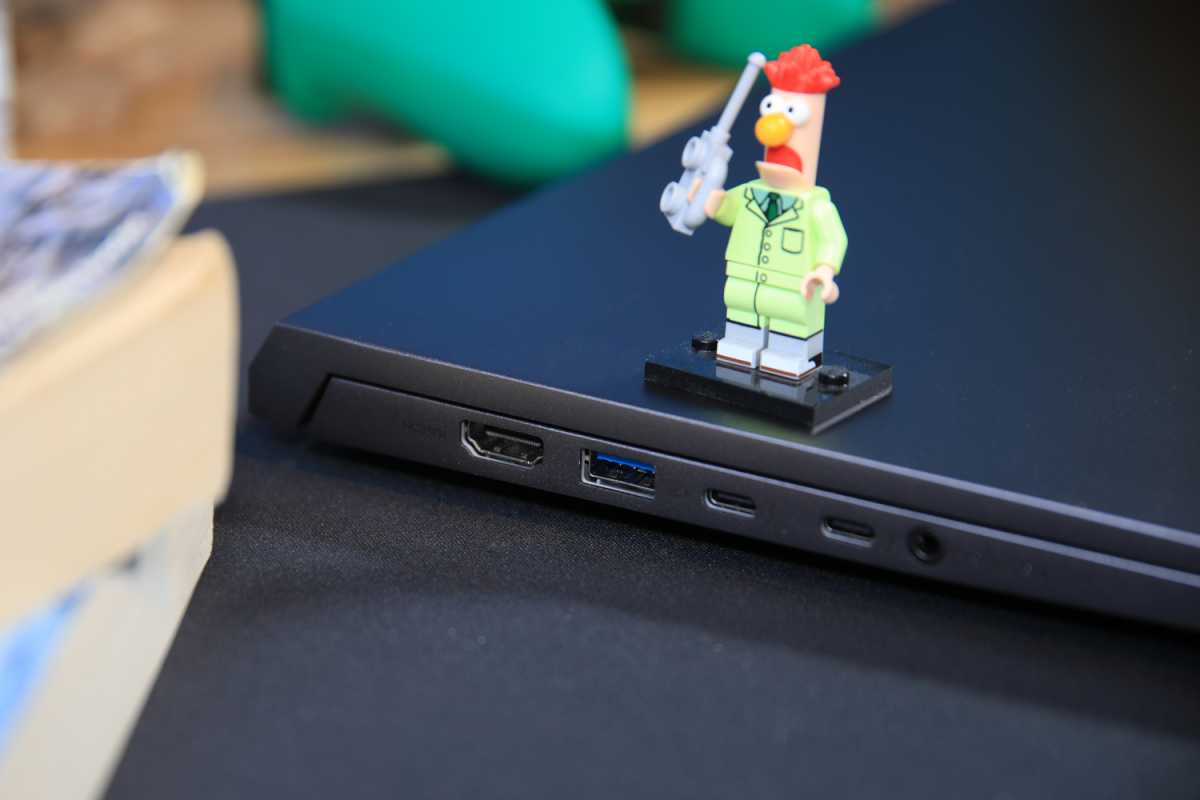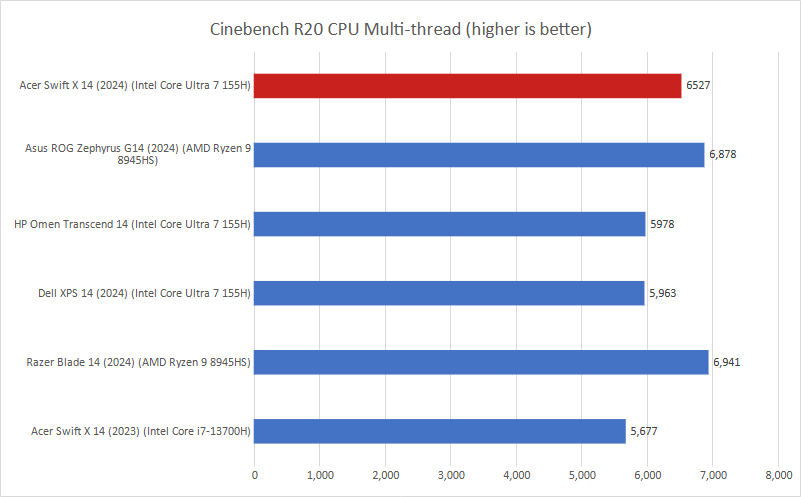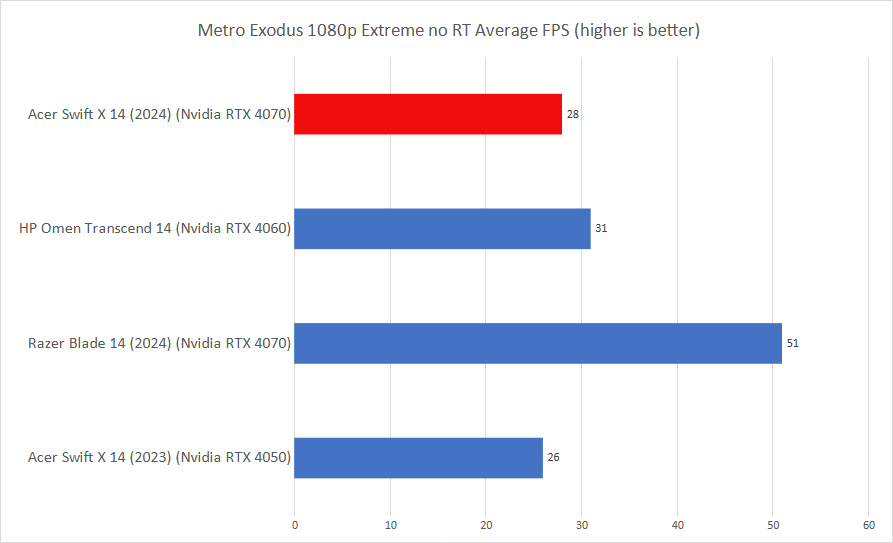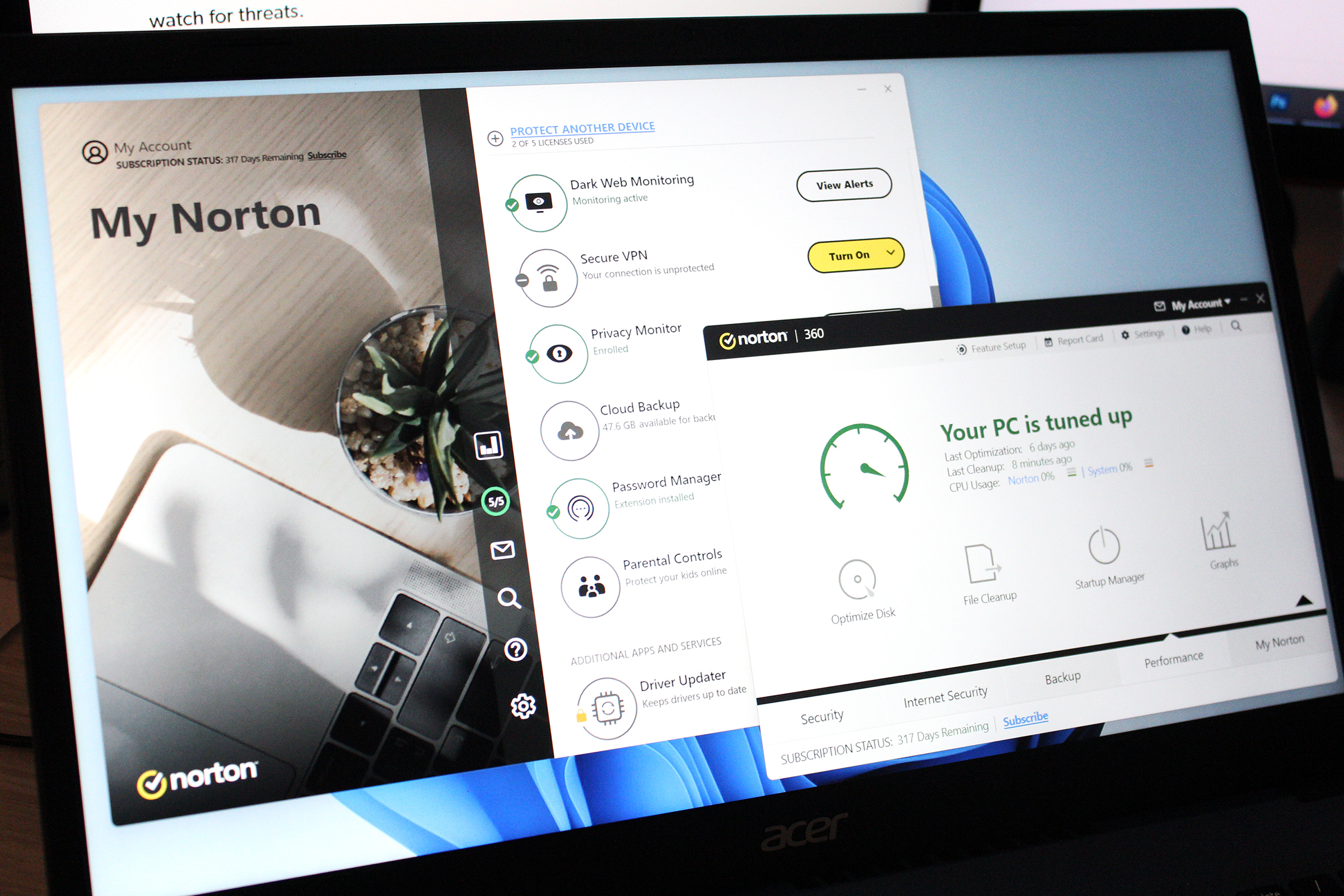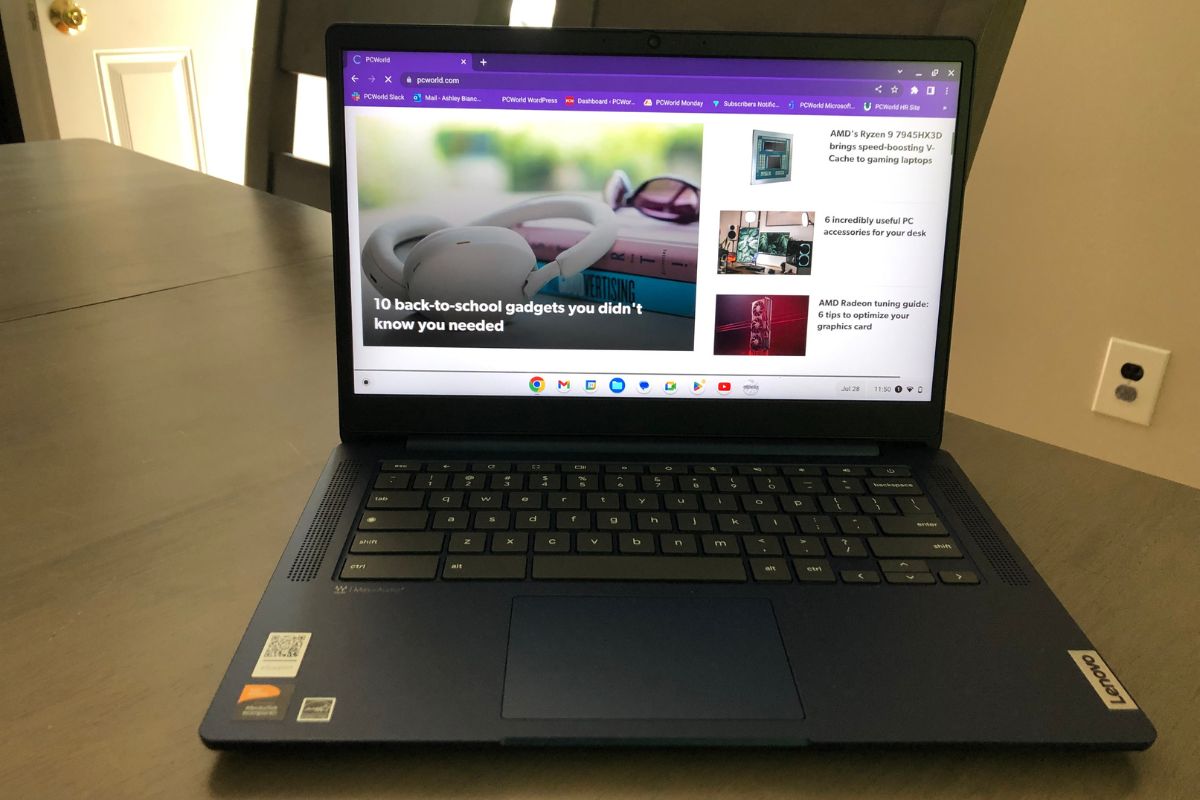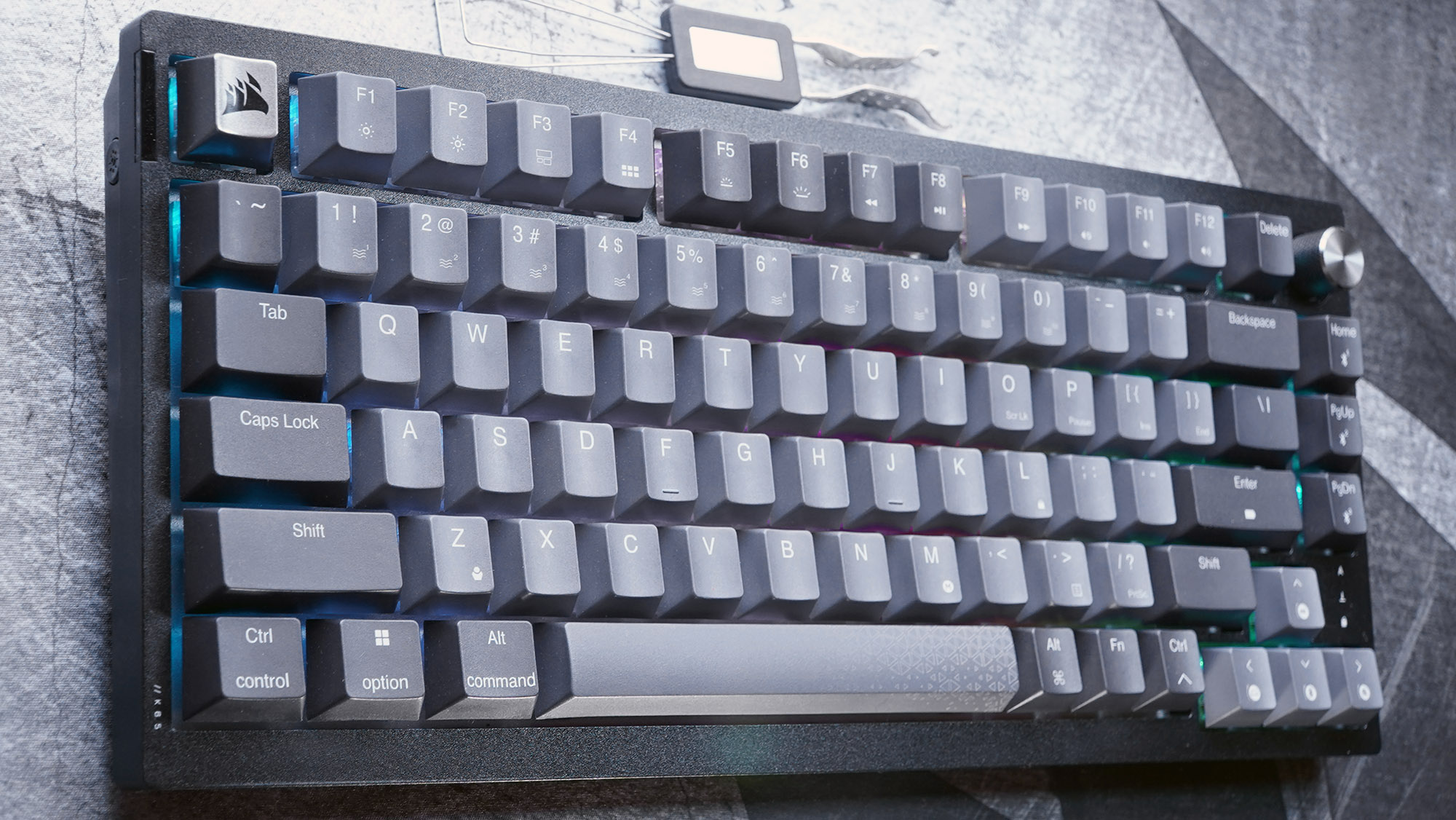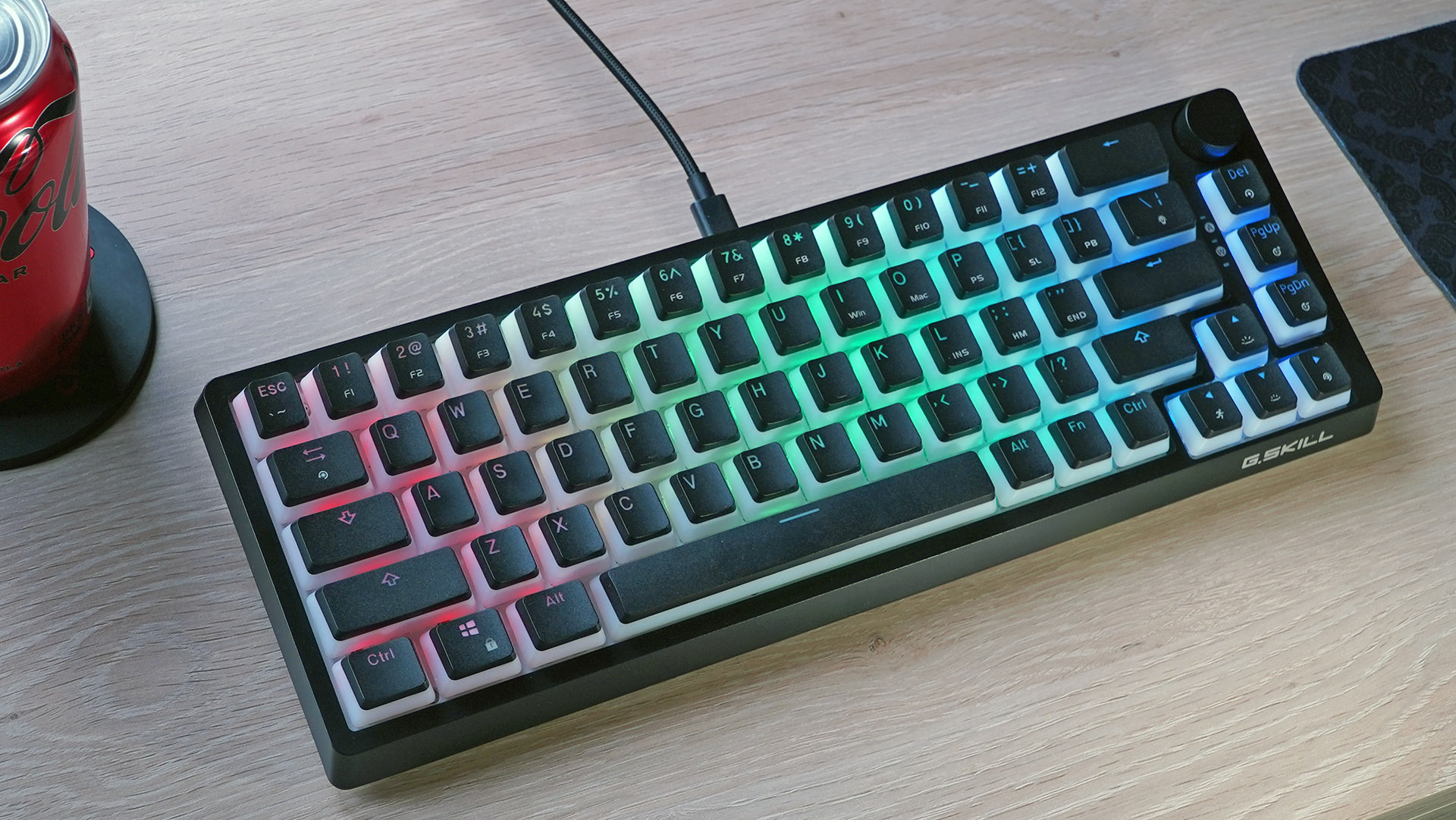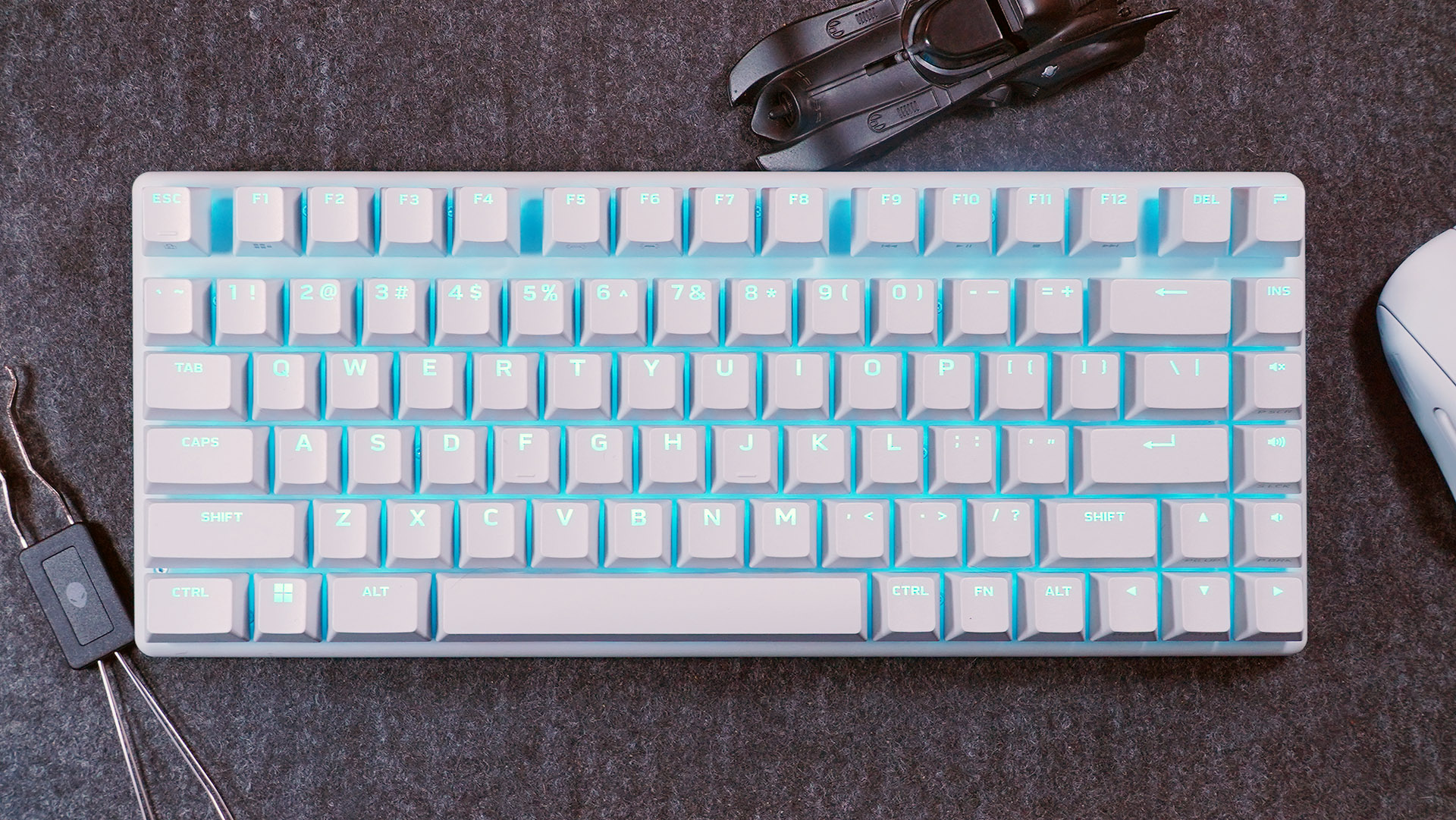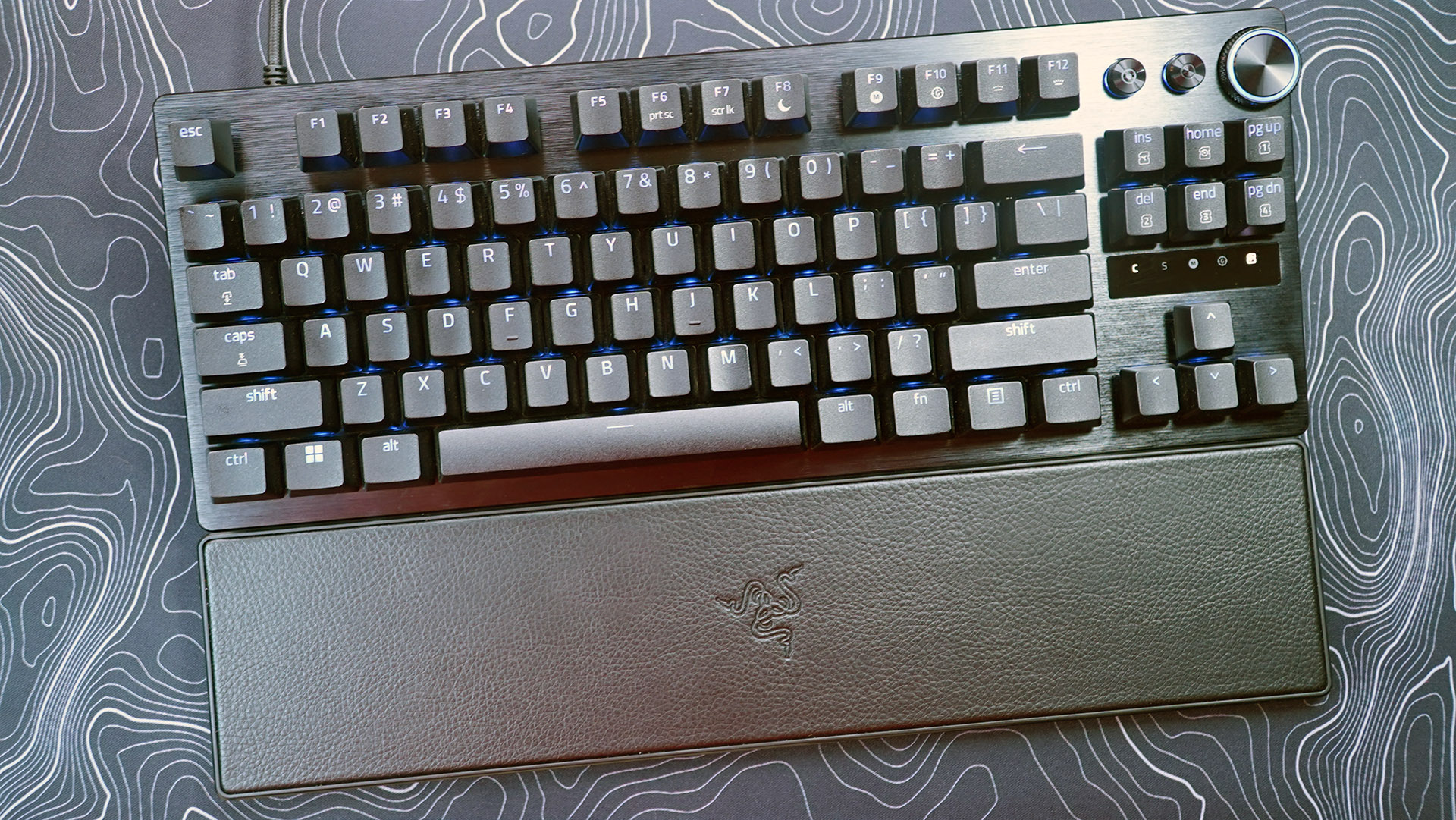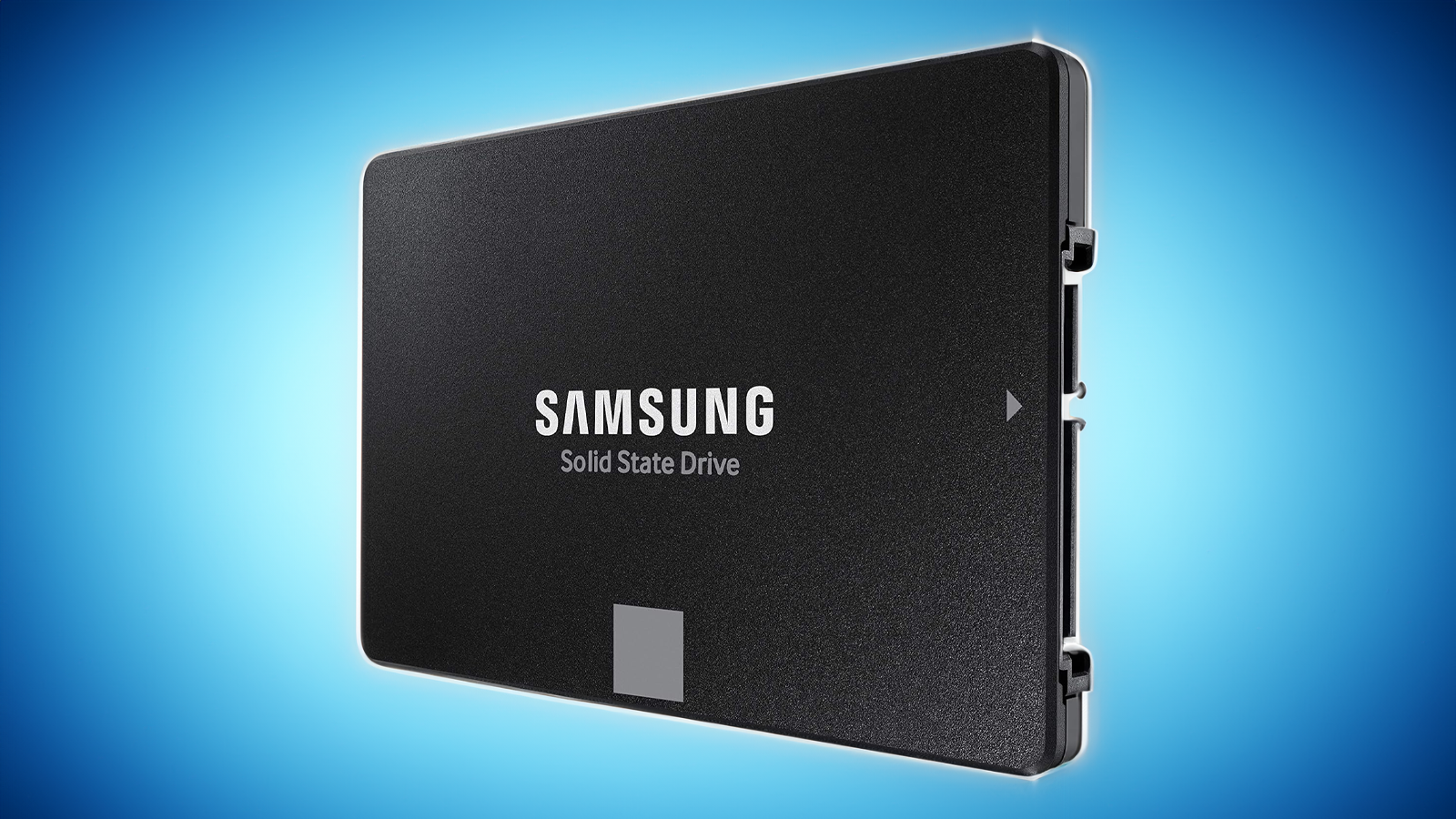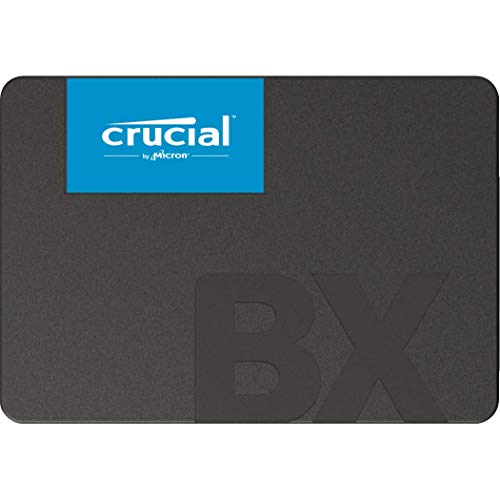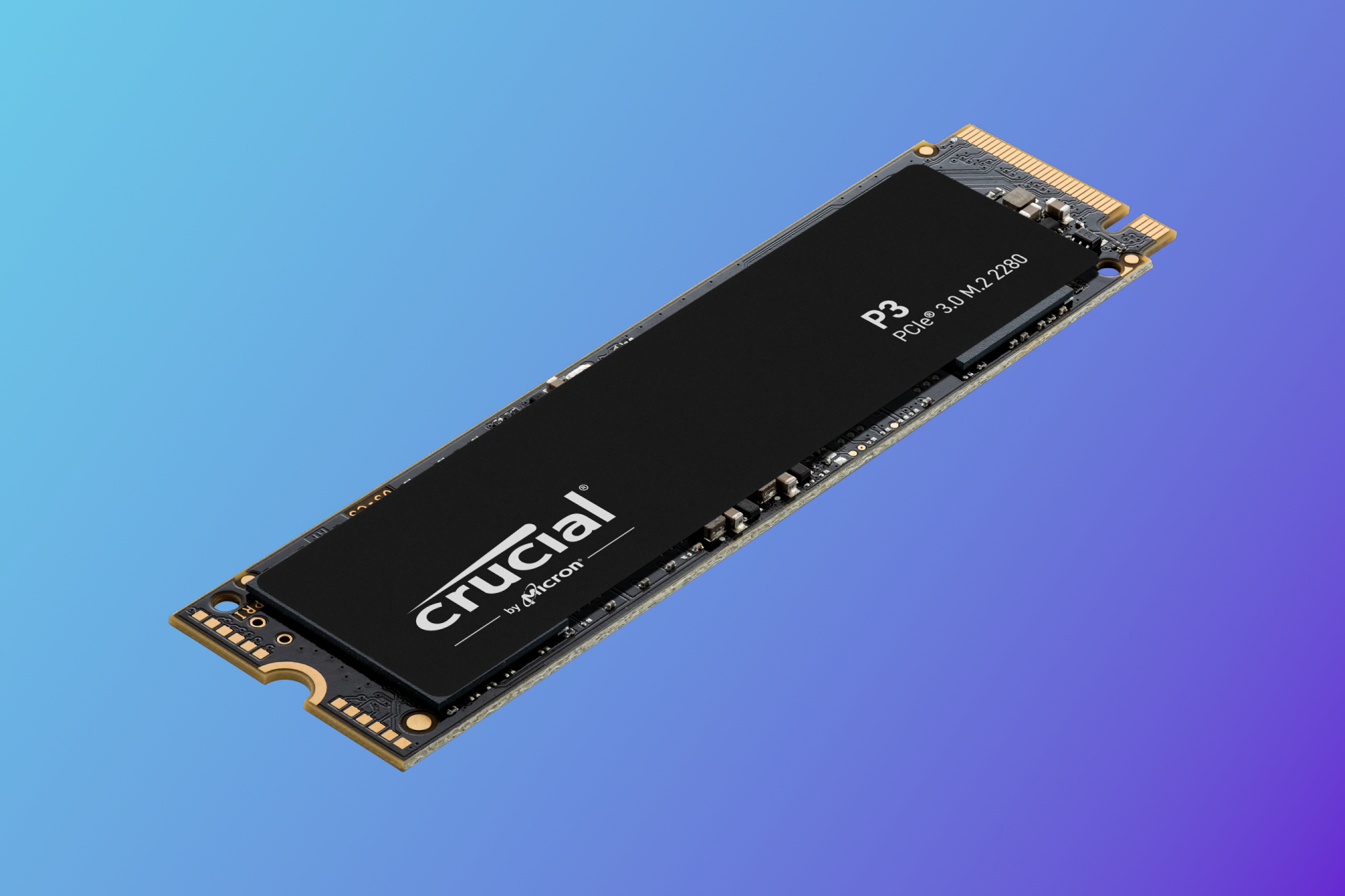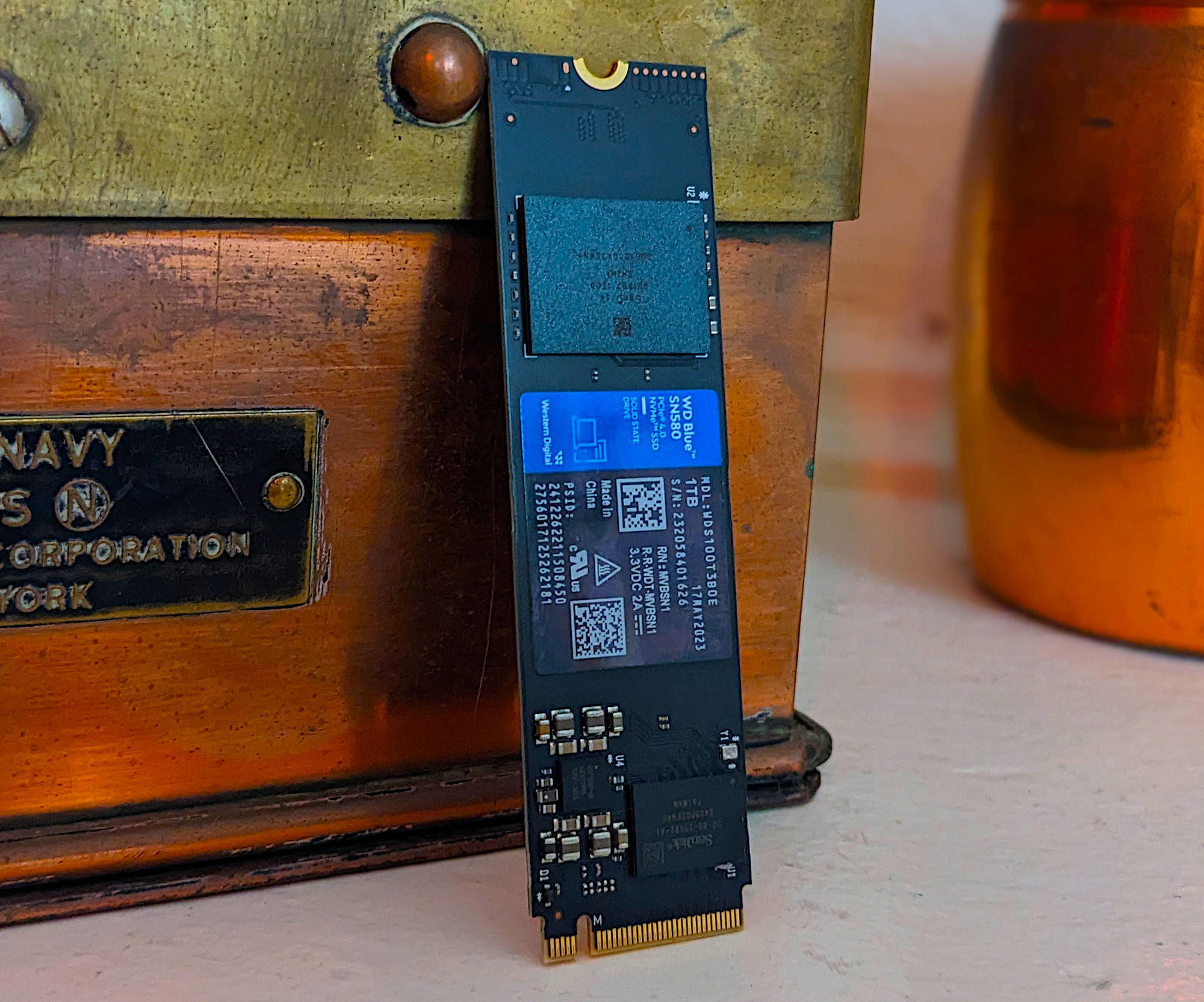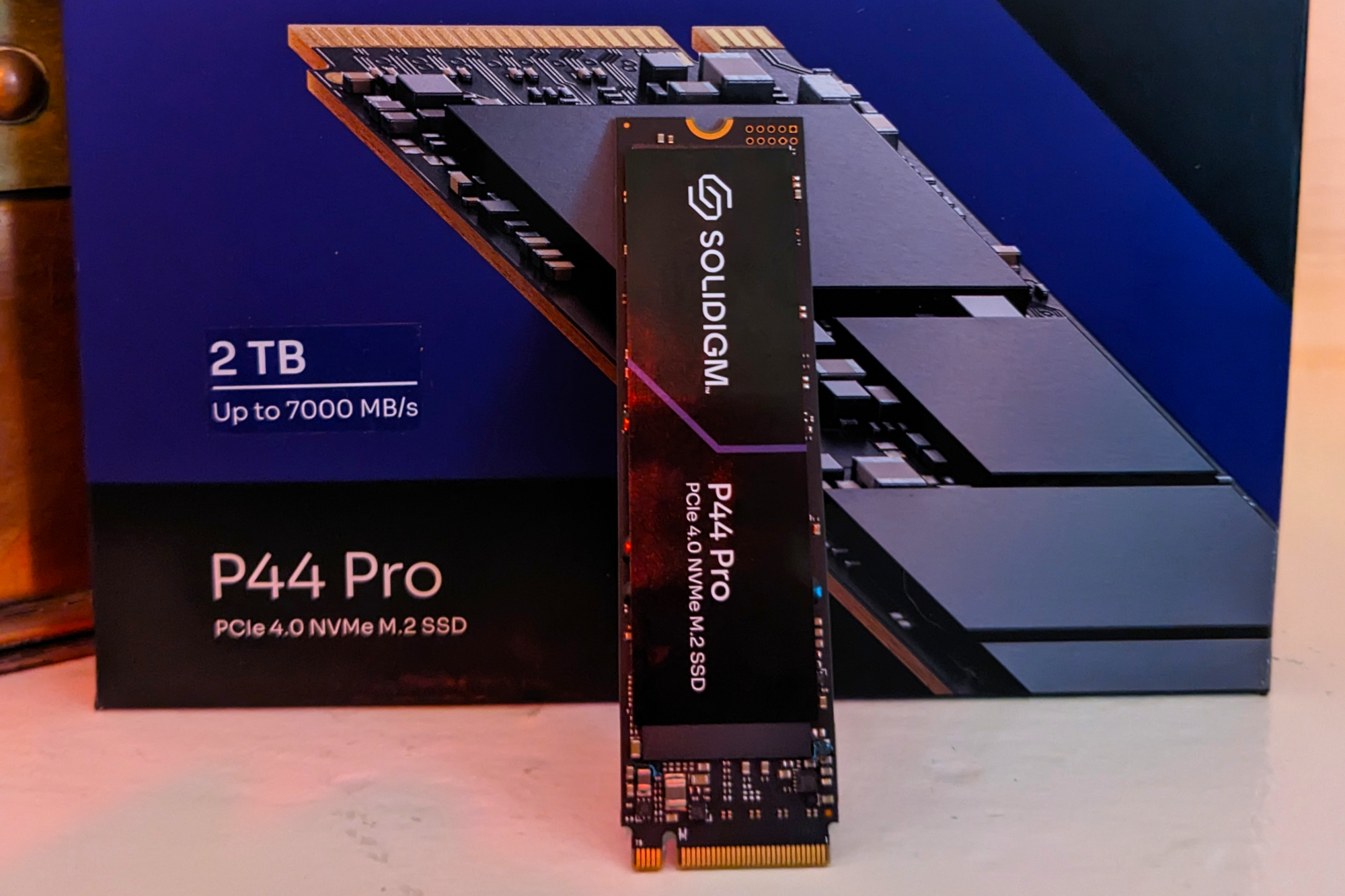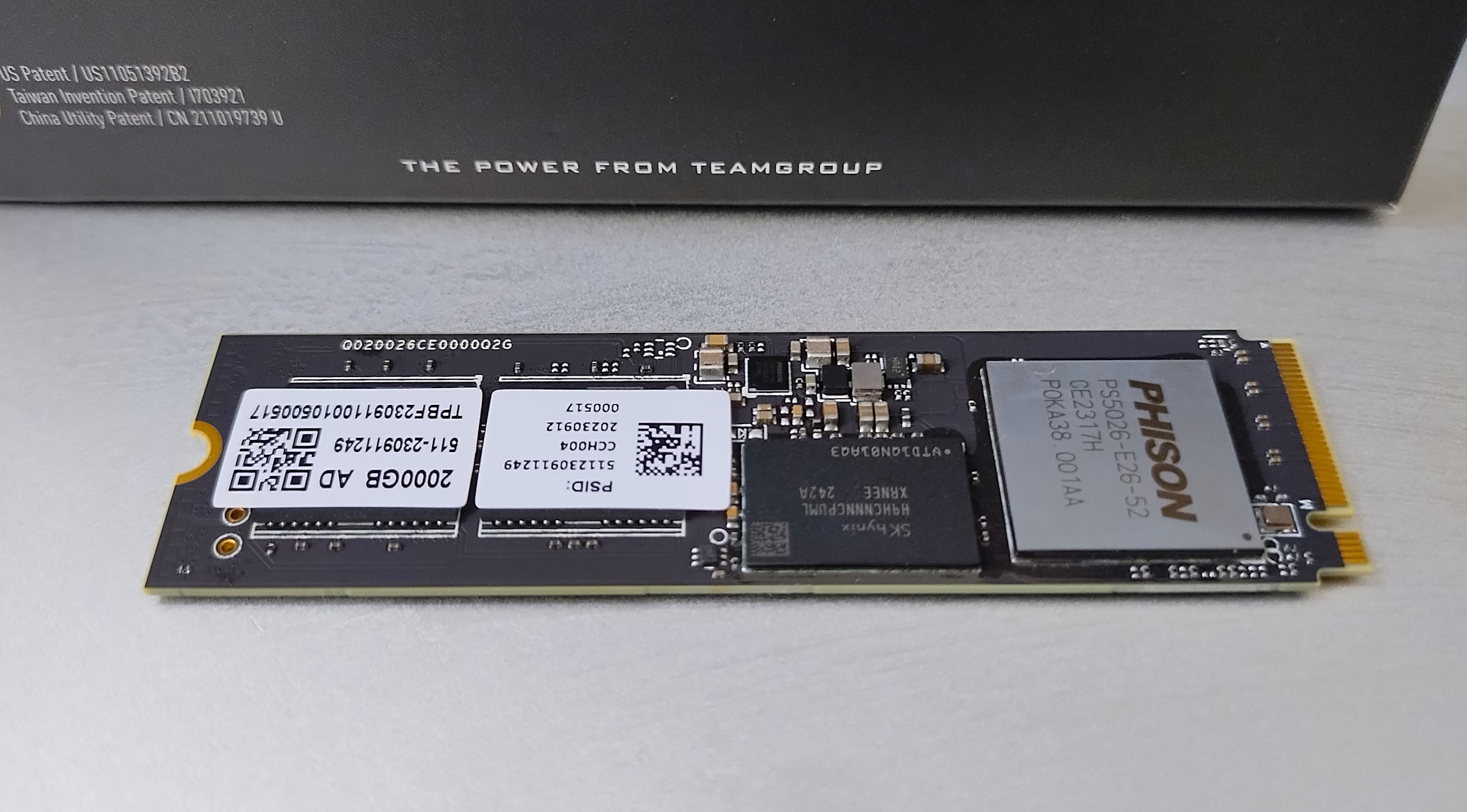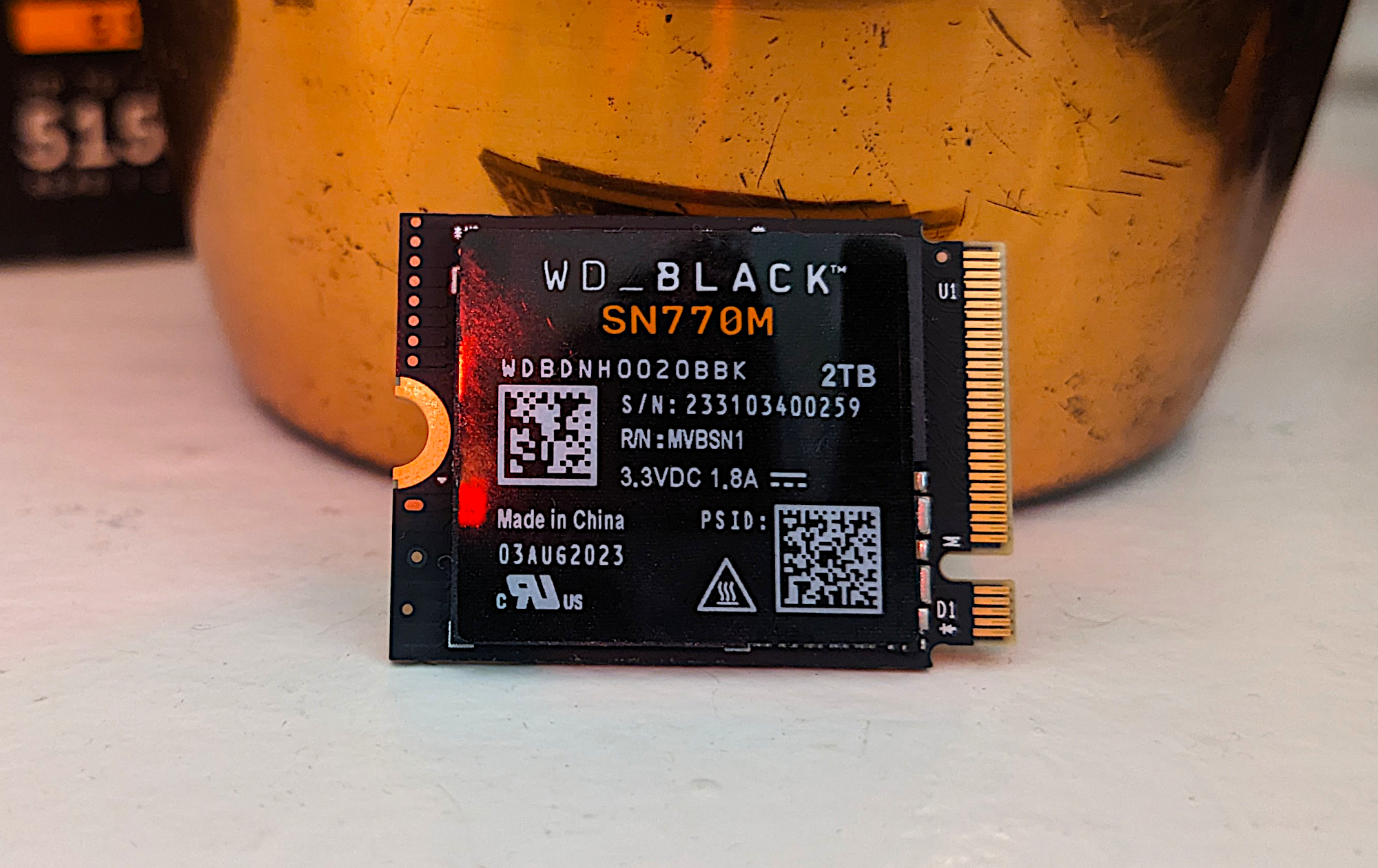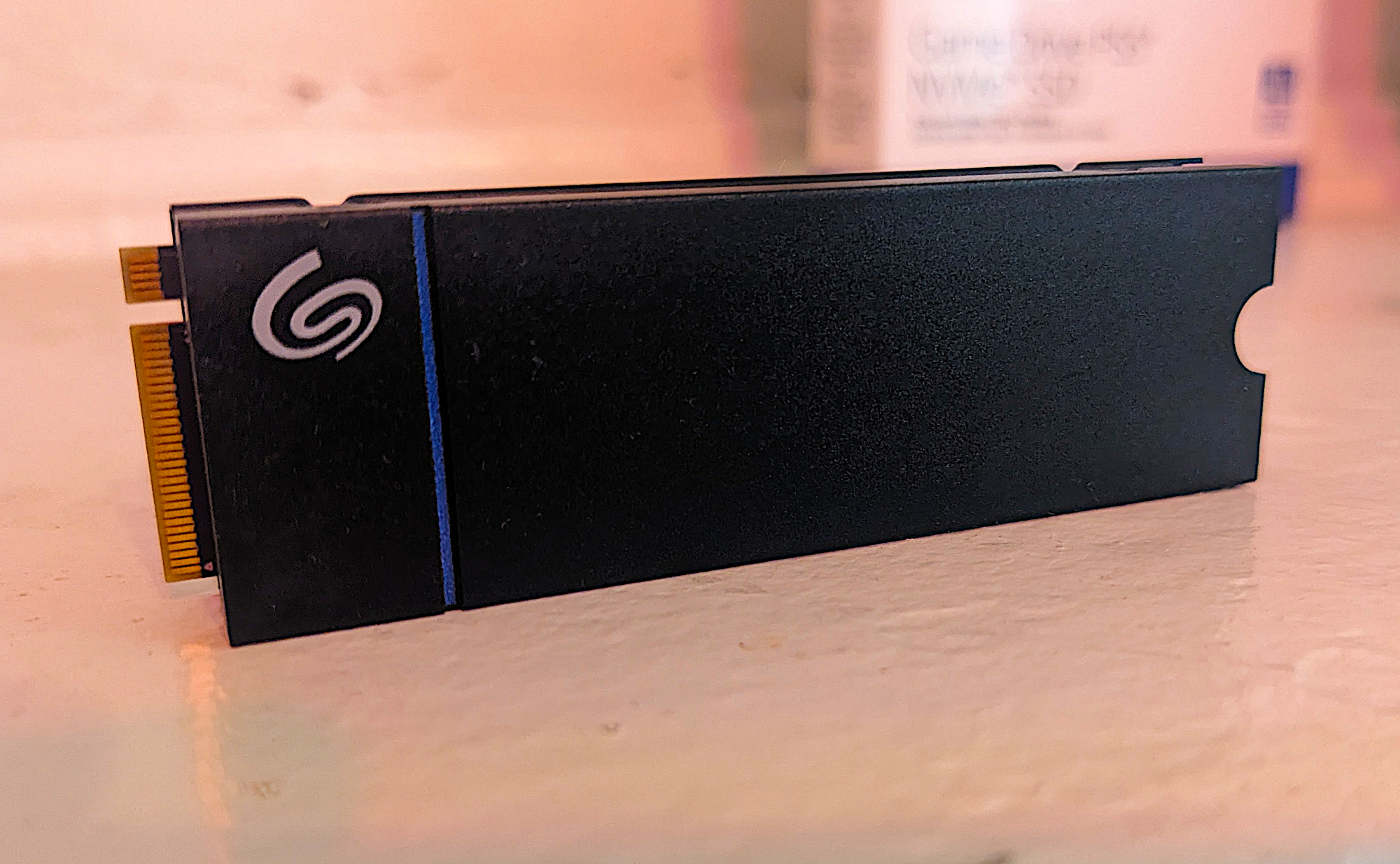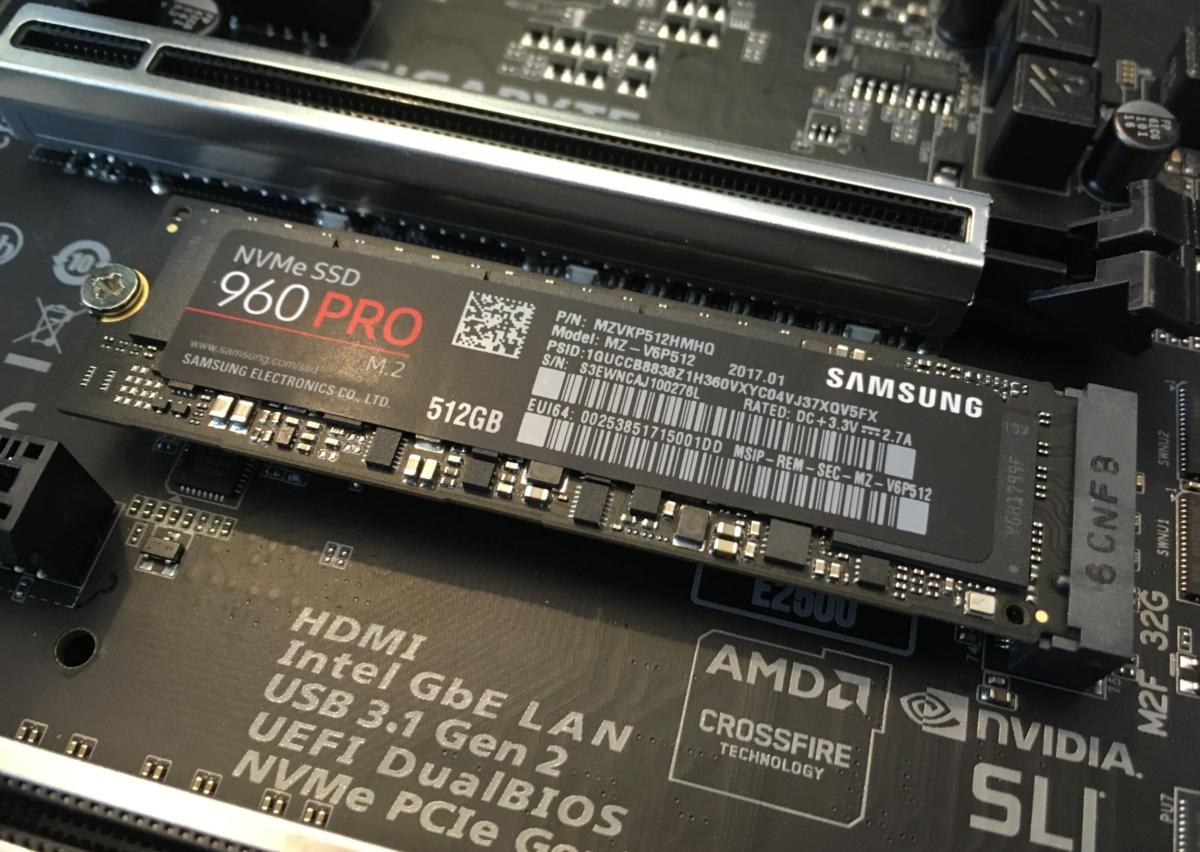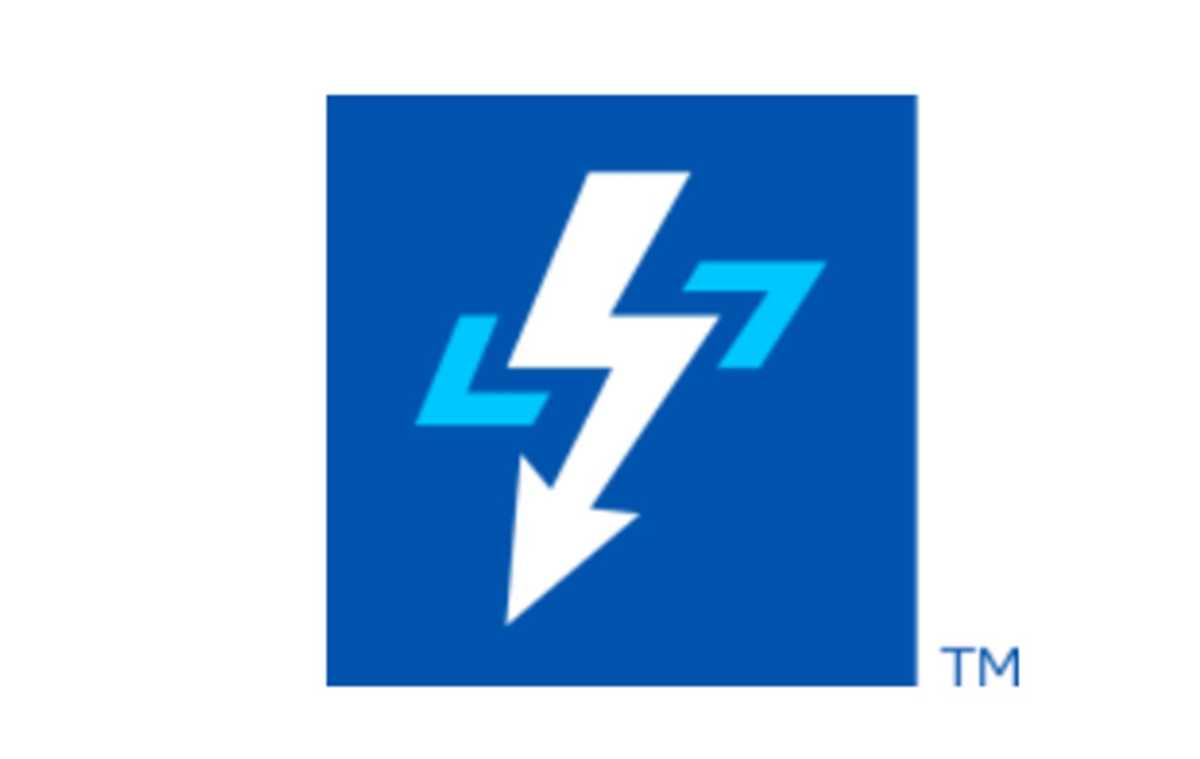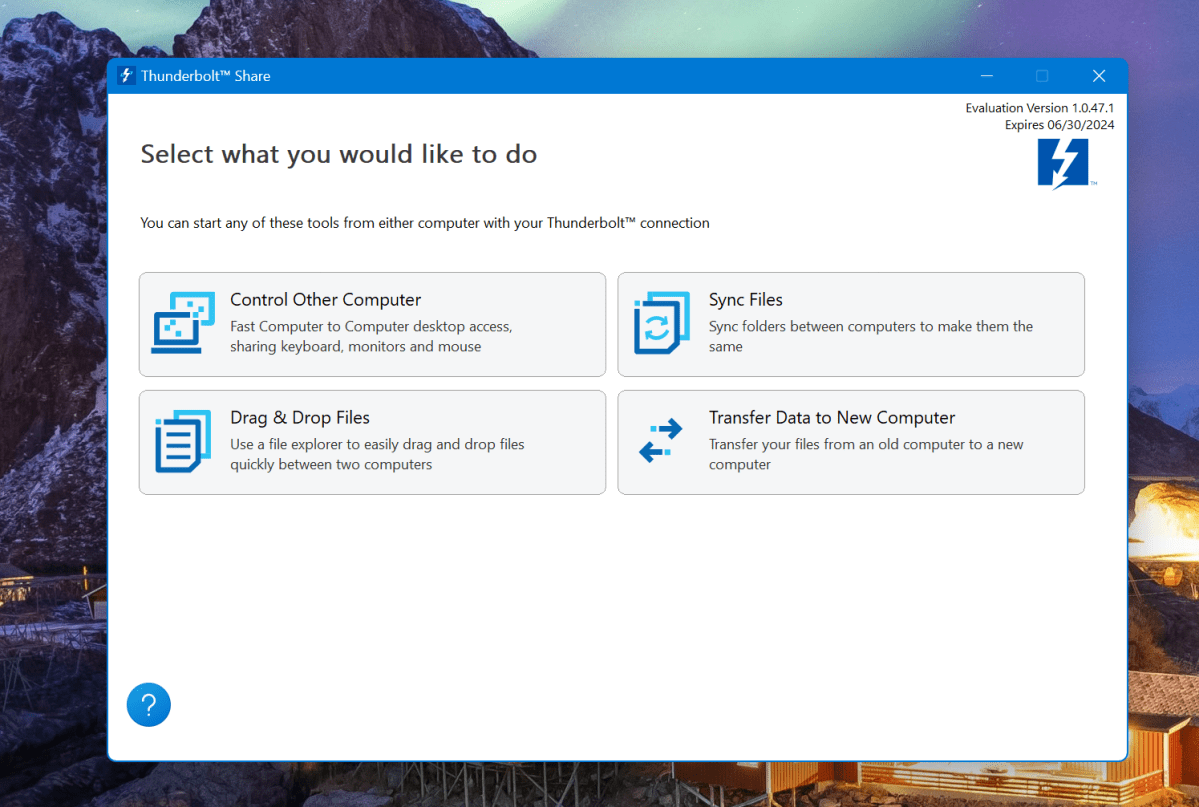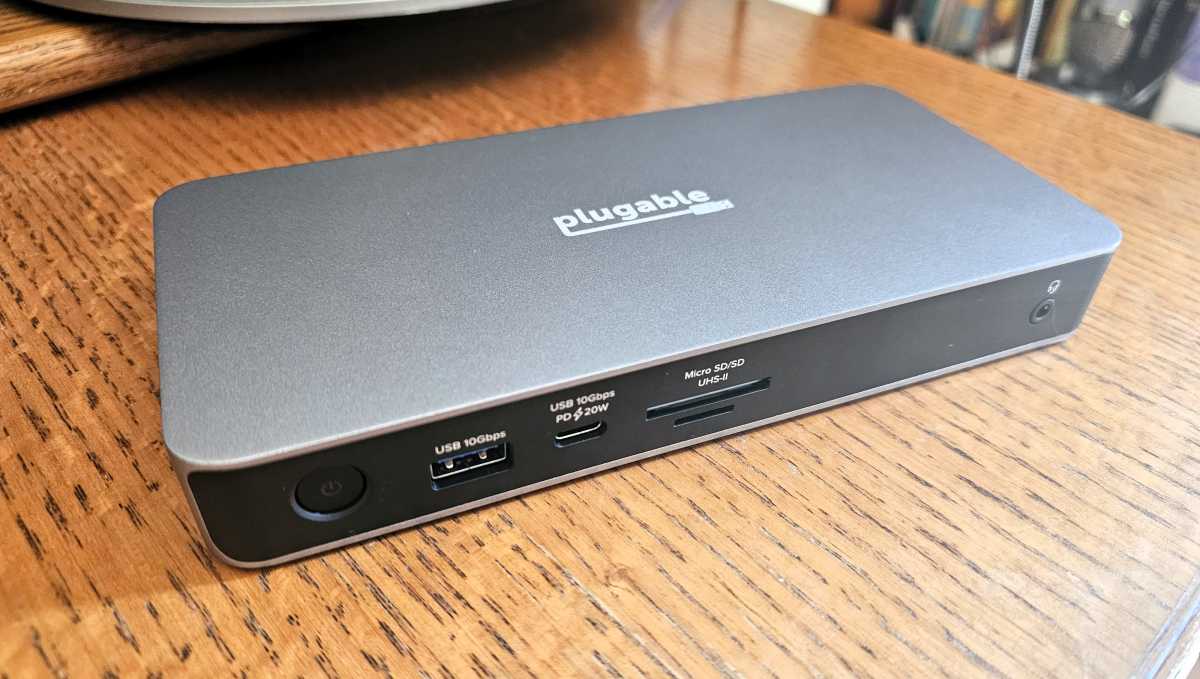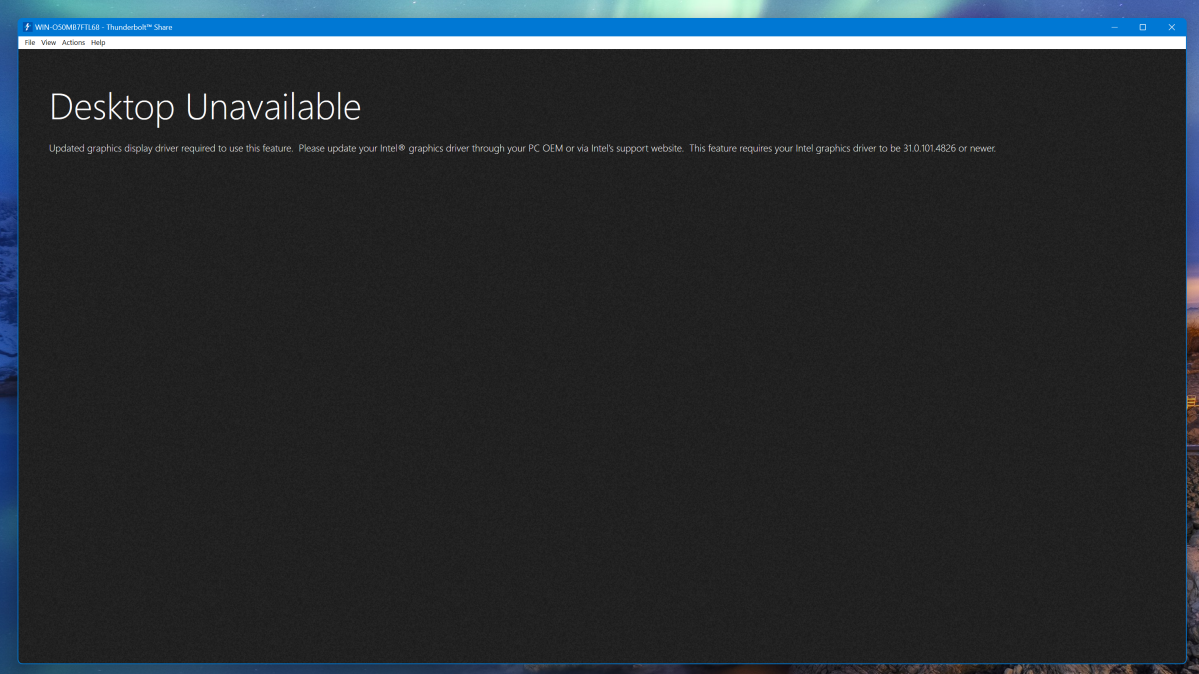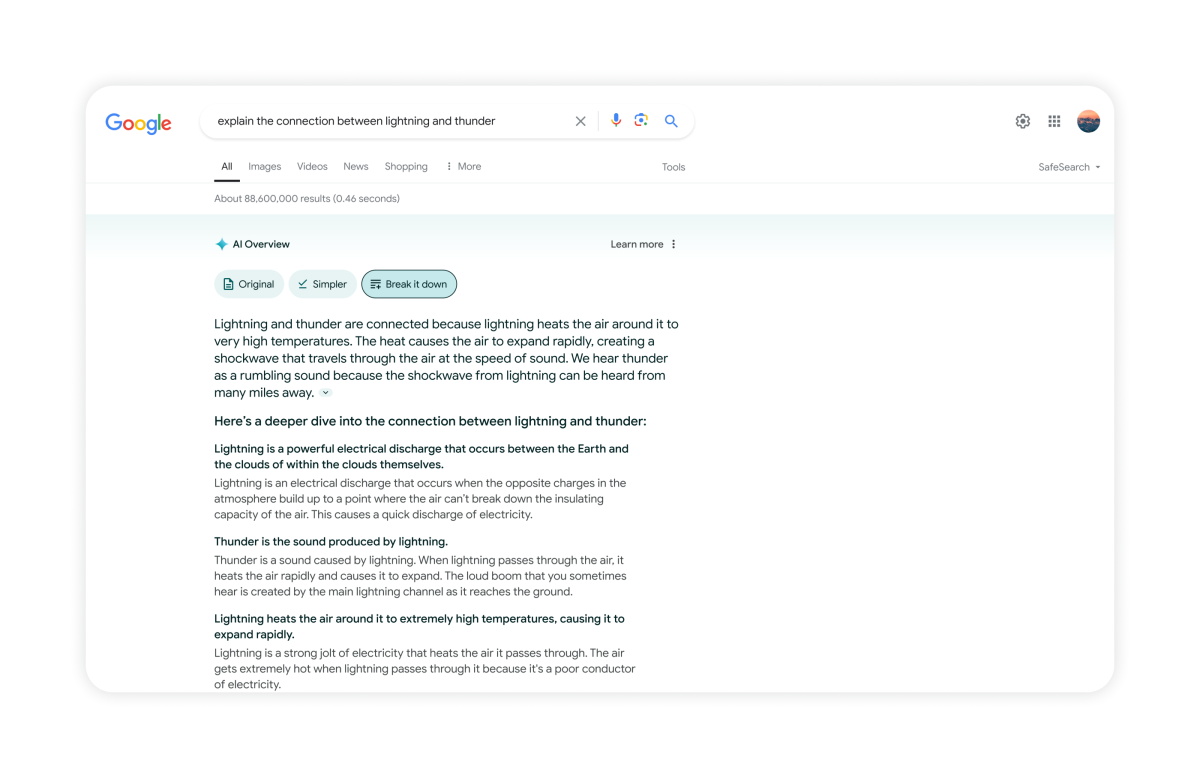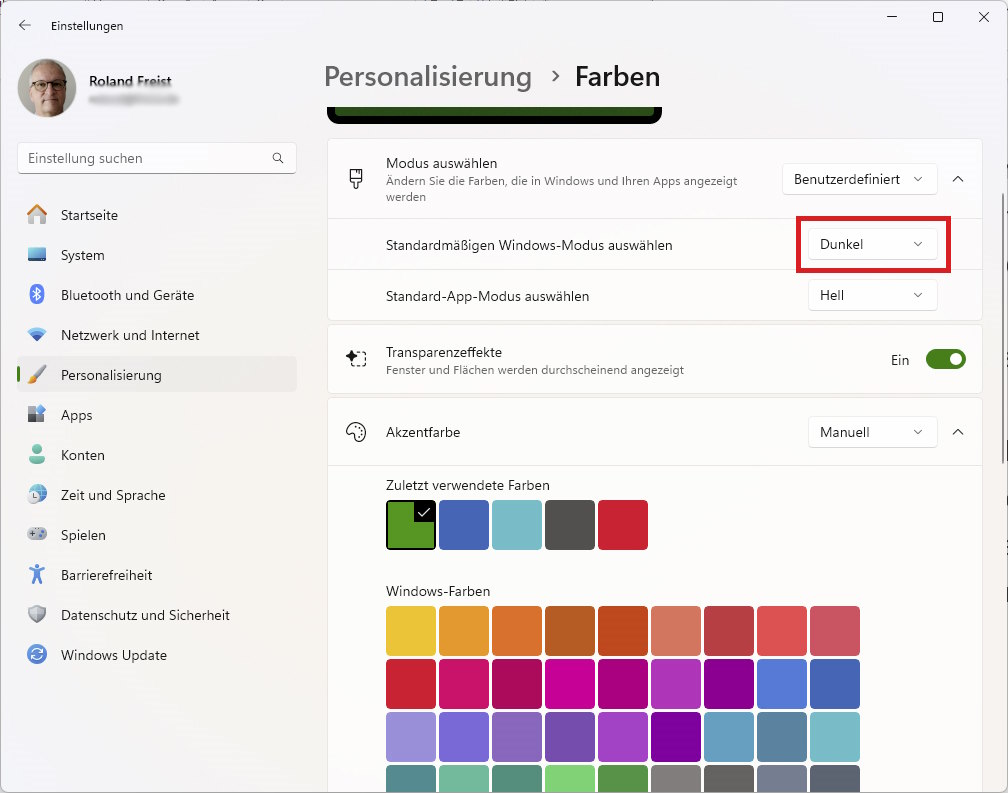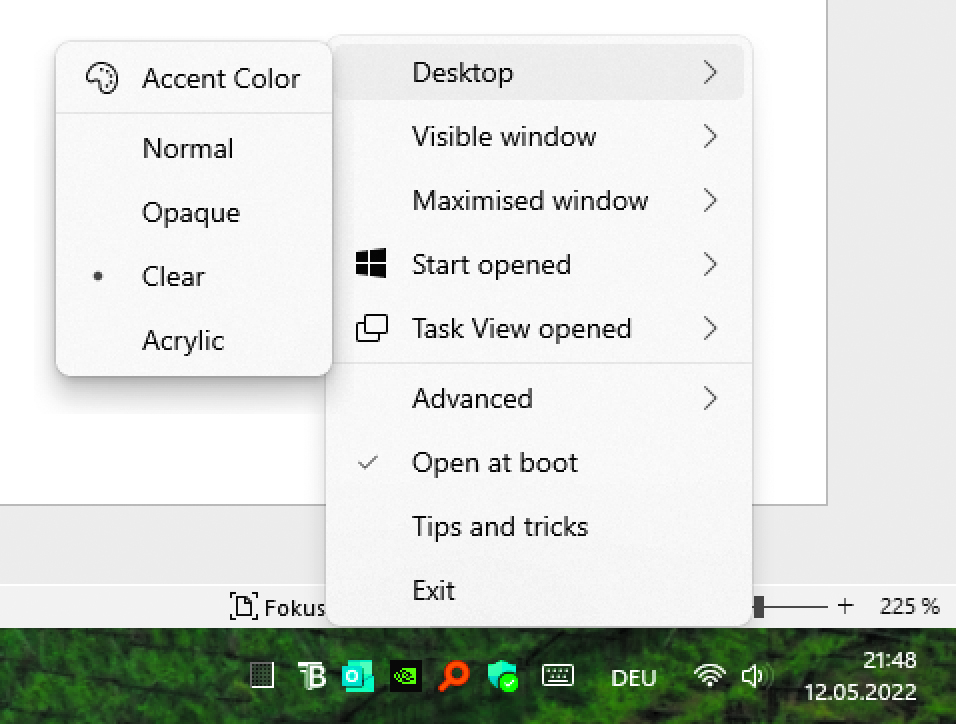Best free VPN for Android 2024: Which ones can you trust?
It might be surprising, but free VPNs are no longer just for PCs. You can also use them to help easily boost your security and privacy game on an Android device. Whether you want extra security while using a public Wi-Fi network, or to get around geo-restrictions for most of your favorite streaming services, a free VPN can help you do it without having to pay for anything.
The problem when looking for a good free VPN, though, is that there are a large number of them available on the Google Play Store. So how do you determine which ones are worth your time? Our experts here at PCWorld have tested a slew of VPNs, both for PCs and Android devices, and have curated a list of the best free options you can feel confident in using. Check out our top picks below.
Why you should trust me: Here at PCWorld we’ve been testing computer hardware, software, and services since the 1980s. As the VPN reviewer, I’m continually testing all of the major VPNs on the market and many lesser-known services in order to curate a list of the very best VPNs across a variety of categories. For a more in-depth guide, you can check out my article on how we test VPN services at PCWorld. Below you’ll find my favorite free VPNs, and below that, helpful advice about what to look for when choosing a VPN for your Android device on your own.
And if you’re looking to further upgrade your Android phone’s security, which I highly recommend, be sure to look at PCWorld’s recommendations for the best free antivirus for Android as well. Additionally, you can check out my guide to the best VPNs covering multiple devices.
Updated May 16, 2024: Check out my latest review of ProtonVPN. It manages to hold on to the number one spot as best free VPN for Android due to its generous free plan and easy-to-use Android app.
ProtonVPN – Best overall
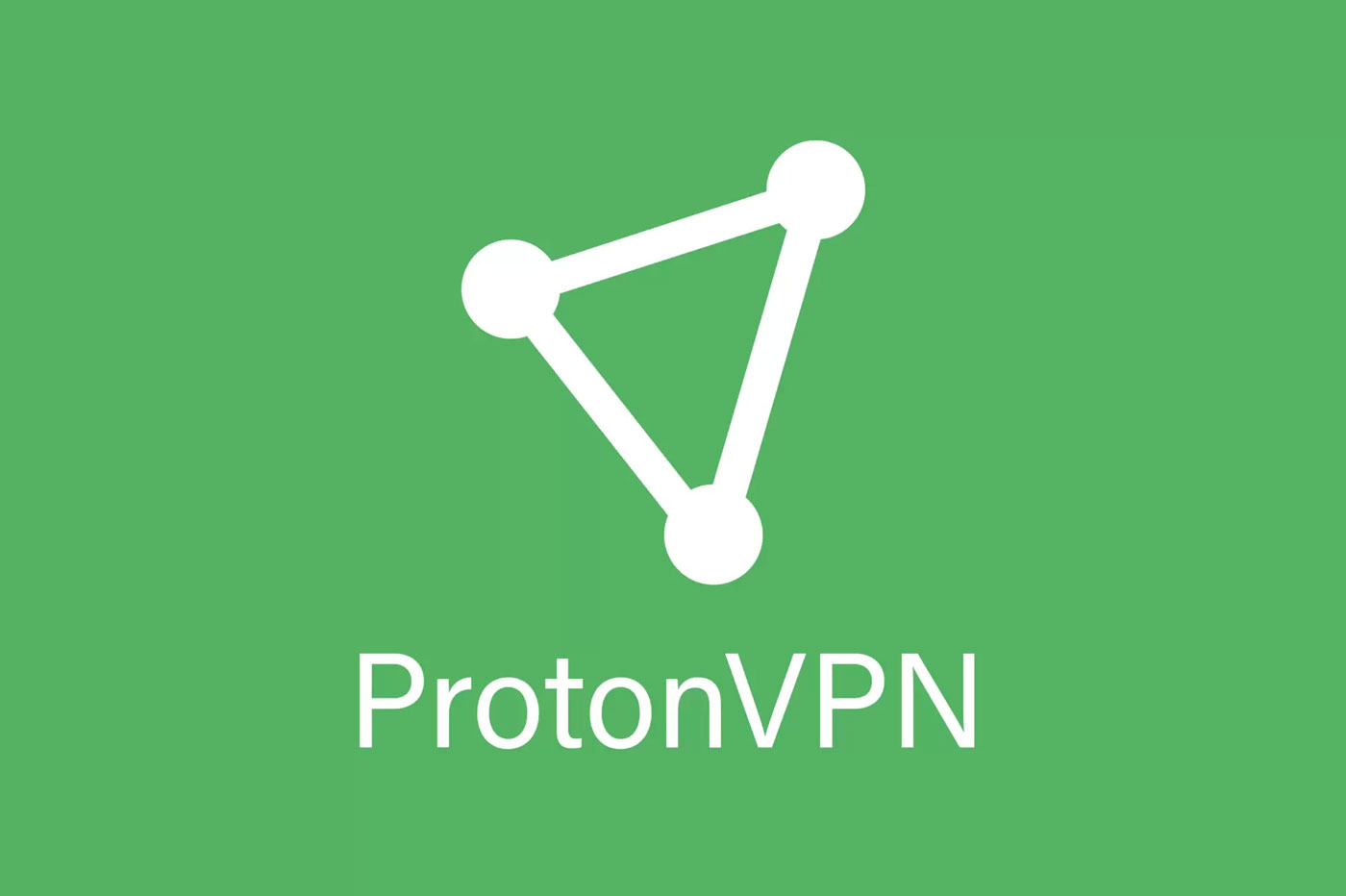


Pros
- Excellent free plan
- Great privacy tools
- Reliable and transparent no-logs policy
Cons
- Expensive
Why I like ProtonVPN
If you only have one device to worry about, ProtonVPN is your best choice. This free service provides what the company calls “medium speeds,” meaning you might not get access to the 10-gigabit-per-second servers that paying customers do, but the speeds are just fine anyways. It’s mercifully devoid of any annoying or privacy-compromising ads. Plus, there are no data or time limits imposed on users of the free version, meaning you can stream to your heart’s content — although they don’t promise that the free servers will unblock Netflix.
ProtonVPN has an excellent privacy policy as well, backed up by a recent independently verified no-logs audit. Overall, it’s an excellent free service with an easy-to-use Android app from a trustworthy company — what’s not to like?
Who should use ProtonVPN
ProtonVPN is a great option for anyone with a single Android device who needs a free VPN. Perfect for the one-off phone or tablet user, ProtonVPN provides unlimited data so it can be used all day without worrying about hitting a cap. Plus, privacy-conscious users can take heart that apart from the info required to sign up, ProtonVPN doesn’t collect any other user data.
Windscribe Pro – Best for multiple devices



Pros
- Secure.link Generator is a helpful link-shortening service
- Works with Netflix
Cons
- Not the fastest
Why I like Windscribe Pro
Another solid choice for Android users. You won’t get the unlimited usage like you do with ProtonVPN. Instead, you get up to 10GB of browsing per month. But there are no device limits, and you have 10 country connection options.
Windscribe requires a confirmed email address to use its free service. Windscribe’s privacy policy is good, but it does track bandwidth usage to keep you to those free limitations.
Who should use Windscribe Pro
Windscribe Pro’s free Android VPN is best suited for those who need access across multiple devices. Watch out for the data limit though, as you can hit it pretty fast while using multiple devices.
Hide.me – Best for no sign-up usage



Pros
- Good download speeds
- Easy-to-use Windows app
- No-logs promise
Cons
- Speeds were inconsistent in our tests
- Expensive single year subscription
Why I like Hide.me
Hide.me has pretty good speeds, and like Windscribe you’re limited to 10GB per month. Hide.me offers five connection choices including two U.S. locations (east and west), Canada, Germany, and the Netherlands. Hide.me doesn’t require an account for signing up, making it seamless and easy to use.
Who should use Hide.me
Since Hide.me’s free version does not require a sign-up in order to use, it’s good for those who just need a VPN for simple, one-off tasks. Alternatively, if you’re concerned about privacy, not having to enter in any personal information is a huge plus as well.
Speedify 10 – Best for leveraging both cellular and Wi-Fi



Pros
- Very good speeds
- Speedify’s failover feature seamlessly transitions between Wi-Fi and cellular networks
Cons
- Privacy policy says it collects some personal information
- Desktop mode for the Windows app needs work
Why I like Speedify
A solid VPN choice for anyone using the VPN on a phone. Speedify’s specialty is a seamless VPN transition between Wi-Fi and cellular. Typically, when you go between Wi-Fi and cellular the connection drops and restarts, but with Speedify it just keeps on going, which is nice. It also harnesses your Wi-Fi and cellular together to try and boost connection speeds.
Speeds are pretty good with Speedify, staying within the top 15 for speeds overall. The downside of this free offering is that you only get 2GB of data usage per month. That’s not much, which is why this is my last suggestion. But if you need something simple for basic web browsing Speedify is well worth a look.
Who should use Speedify
Due to the small data limit, Speedify is recommended for users who just need a VPN for basic web-browsing or a one-time use. The seamless transition between Wi-Fi and cellular and potential connection speed boost means that Speedify is an extremely convenient way to keep a VPN connection up while on the go or in spotty Wi-Fi areas.
AVG Secure – Best free trial
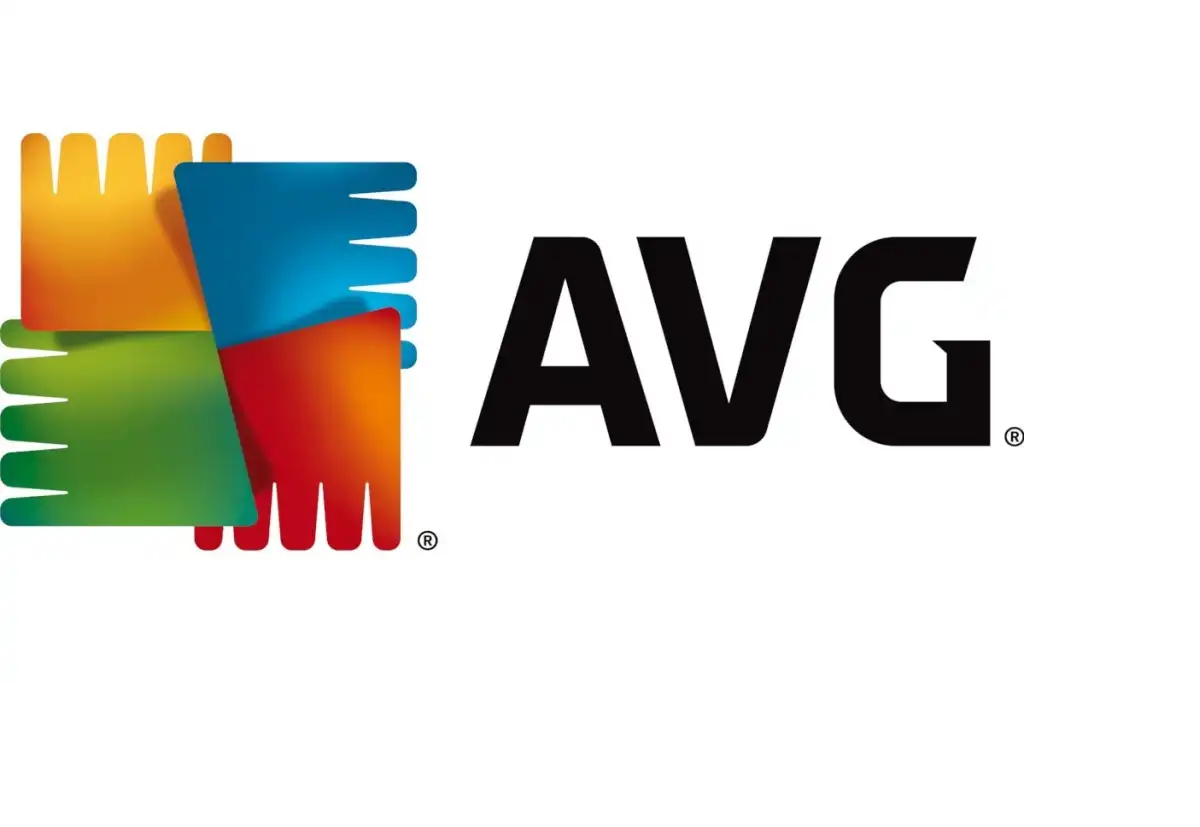


Pros
- 10 simultaneous device connectionsUnblocks streaming servicesFree 60-day trial
Cons
- Logs some user activity dataNot a lot of extra featuresLong-term only subscription options
Why I like AVG Secure VPN
It might sound odd to include a free-trial option here, but AVG Secure VPN is a fine VPN service on its own and it provides a 60-day free trial for new users. That’s incredibly generous for a premium service — most other VPNs only offer one-week free trials at best. The free trial extends to all devices as well so you can use it on both your Windows machine as well as your Android device.
AVG is a household name in security software and its VPN lives up to its high-standards. The free-trial gives you complete access to all of the paid features such as 10 simultaneous device connections, over 700 servers across more than 50 countries, and guaranteed streaming service unblocking with specific servers. While the speeds aren’t the fastest I’ve ever seen, they’re good enough for most general online activities. All-in-all, two months for free of AVG Secure VPN is a fantastic deal, just don’t forget to cancel the subscription before the free trial runs out.
Who should use AVG Secure VPN
Most people looking for a free VPN for shorter-term use will stand to gain a lot from AVG Secure VPN’s free trial. But I think it’s an exceptional choice in particular for those who are traveling for awhile and need a VPN while abroad. By taking advantage of a premium service’s speeds and broad server network you can access all of your streaming content no matter what country you find yourself in and you shouldn’t have to worry about frustrating data caps from other free services. Stream and browse to your heart’s content for no cost, well, at least for 60 days.
What to look for in a free VPN for Android
This will follow a lot of the advice I’ve already given for free stuff when it comes to Android. Google is doing a better job than ever at keeping harmful apps out of the Play Store, but there is still a chance of some random VPN app having malicious intent. Another problem is that even if the app is fine, the service itself may be up to no good.
For those reasons I always advise going with a well-known VPN service provider to reduce your chances of running into security issues.
Next, you want a free app that is truly free. Not some 7- or 30-day trial that will automatically start charging the card connected to your Play account after the trial period. You should also read over the privacy policy to make sure there’s nothing there you’re going to have a problem with.
Finally, you want to make sure the VPN has data limits that suit your needs.
How I tested
I judge VPNs on a variety of criteria including server network, connection speeds, privacy protections, ease-of-use, additional features, and cost. For a more detailed guide on how I test, check out PCWorld’s comprehensive guide on how we test VPN services.
Speed tests are kept as simple as possible. I average the connections between different global locations for any given VPN and then compare them to a baseline internet speed to get a good picture of the overall connection speeds. I thoroughly research and analyze the privacy policies and histories of each VPN and note any outstanding discrepancies or data collection issues.
Experience and ease-of-use are subjective, but I try my best to give an accurate representation of how it feels to work with the VPN. Since you don’t have to pay for a free VPN, the value will be contingent upon the trade-offs you’ll need to make and the restrictions it has in place.
Free VPNs aren’t a top recommendation, but if you’re going to go that way I’d strongly suggest the VPNs mentioned above.
FAQ
What is a VPN?
A VPN, or virtual private network, hides your identity and encrypts your traffic while browsing the internet. Also, VPN servers are located all across the world, allowing you to connect to a server in another country. So if you want to access location-restricted content like streaming services, you can connect to the appropriate country’s server and gain access to content that may have been locked in your area.
How does a VPN work?
In short, a VPN hides your IP address by redirecting your web traffic through a remote server hosted by the VPN company. The VPN server then appears to be the source of your traffic instead of your actual location. These remote servers can be located both in different countries around the world or even in your own country. Additionally, your network traffic is encrypted from your computer to the VPN, which adds an extra layer of security.
While connected to a VPN and browsing the internet, the VPN acts as a middleman between you and a website. If your computer sends a request to the VPN, it will then pass it along to a website. In return, the website sends its response back to the VPN, which forwards it via a secure encrypted connection to your computer.
Is it legal to use a VPN?
In the United States as well as most countries, using a VPN is perfectly legal. Some certain websites try to block VPN connections, but that is dependent upon their own terms of usage. It is important to know that while using a VPN is legal, some of the activities done while using a VPN can still be illegal. Activities such as downloading pirated copyrighted content or accessing dark web markets are both illegal with and without a VPN.
Are there differences between Windows VPN apps and an Android VPN apps?
Usually the core functionality of one service’s VPN remains the same between its Windows and Android apps. That being said, there are oftentimes differences in the features offered and user experience between the two.
For example, features common in Windows apps such as split-tunneling, kill-switch functionality, and custom DNS configuration may not always be available in the same service’s Android app. This usually comes down to compatibility issues and developer resources. Additionally, you are likely to find differences in the interface and overall user experience between apps on the two operating systems. Often the Windows app will display more information, which is then omitted from the Android app due to screen size restrictions.
Again, this shouldn’t affect the core functionality of the VPN with either app and users can choose the version that best suits their needs based on their own usage requirements and device preferences.






